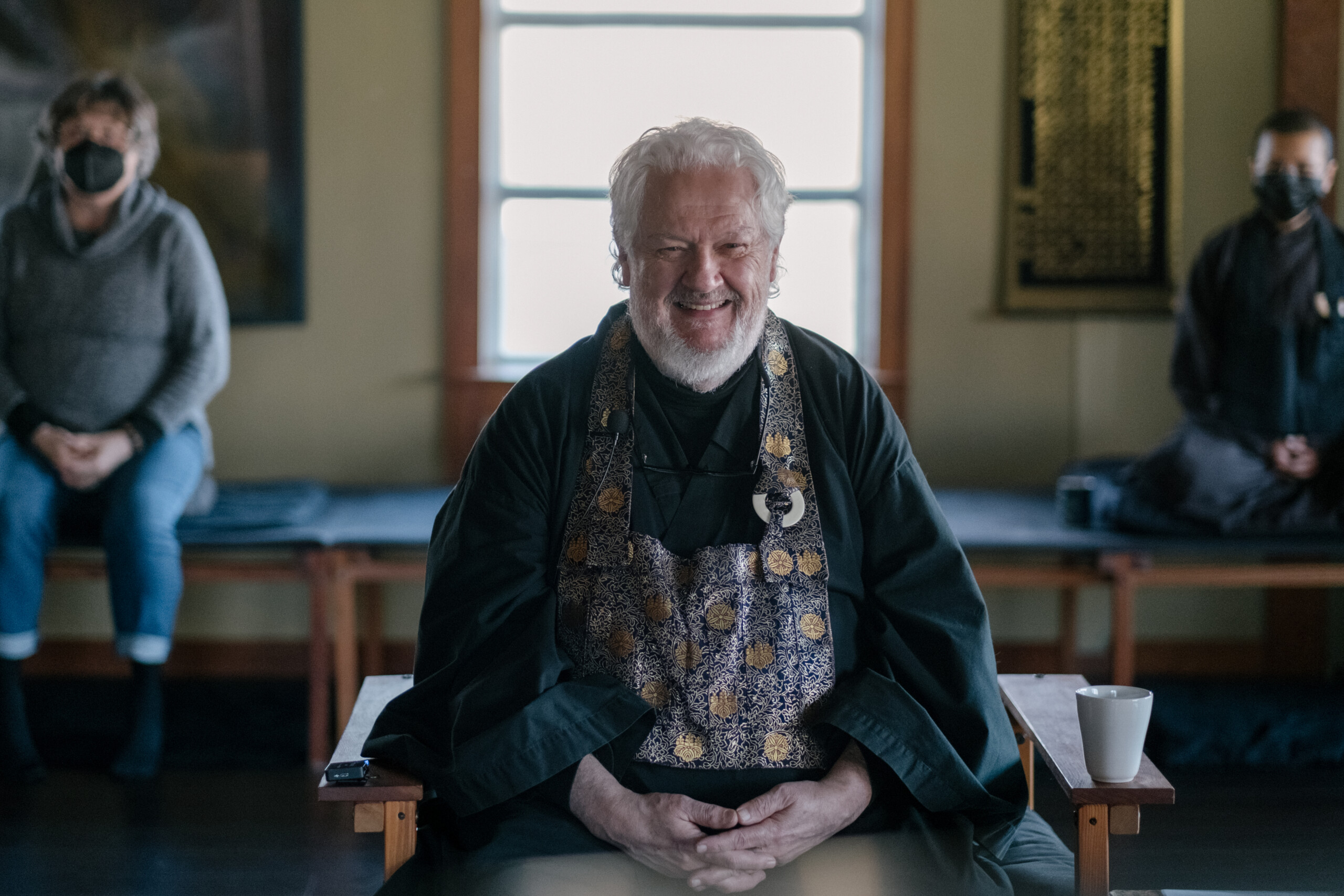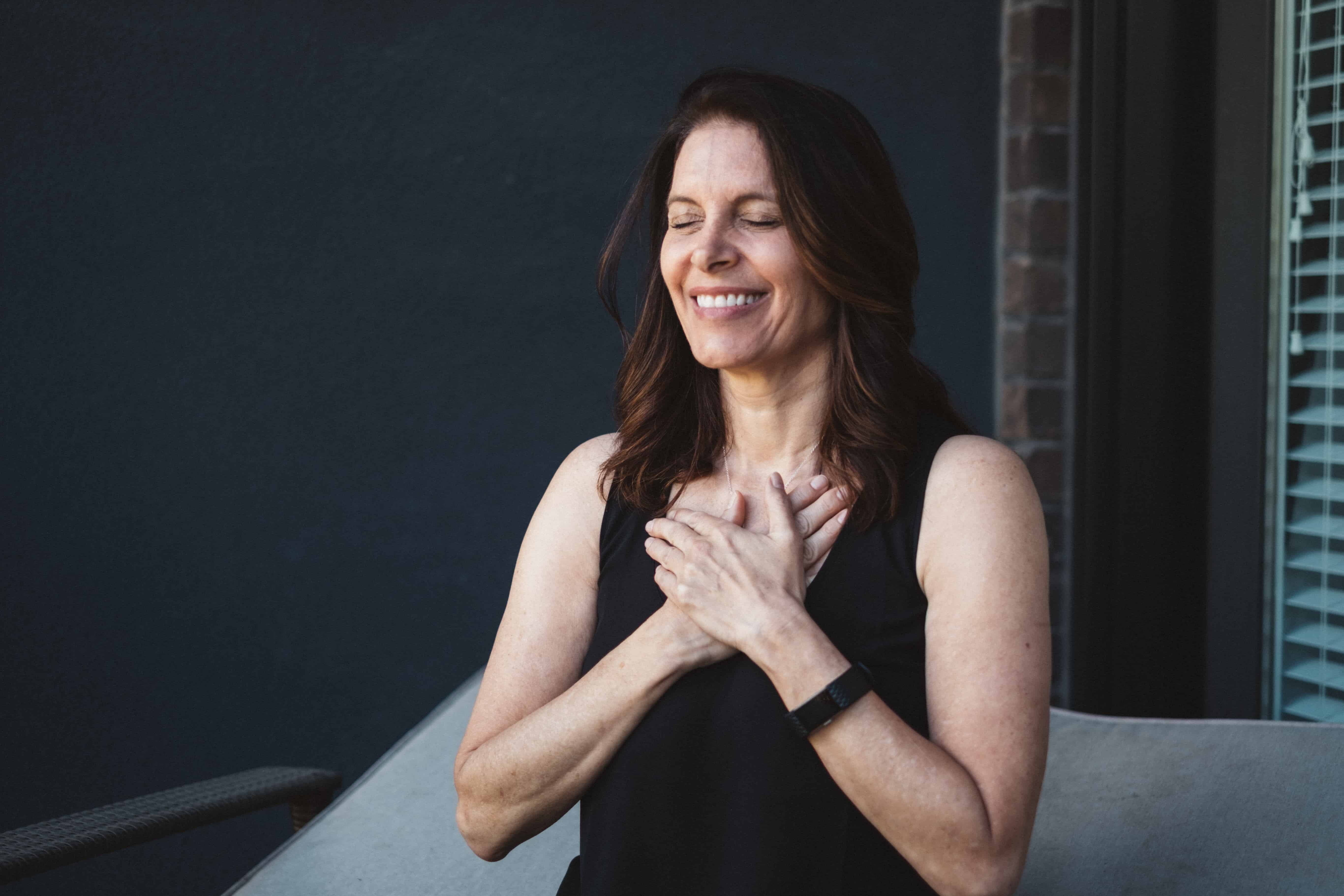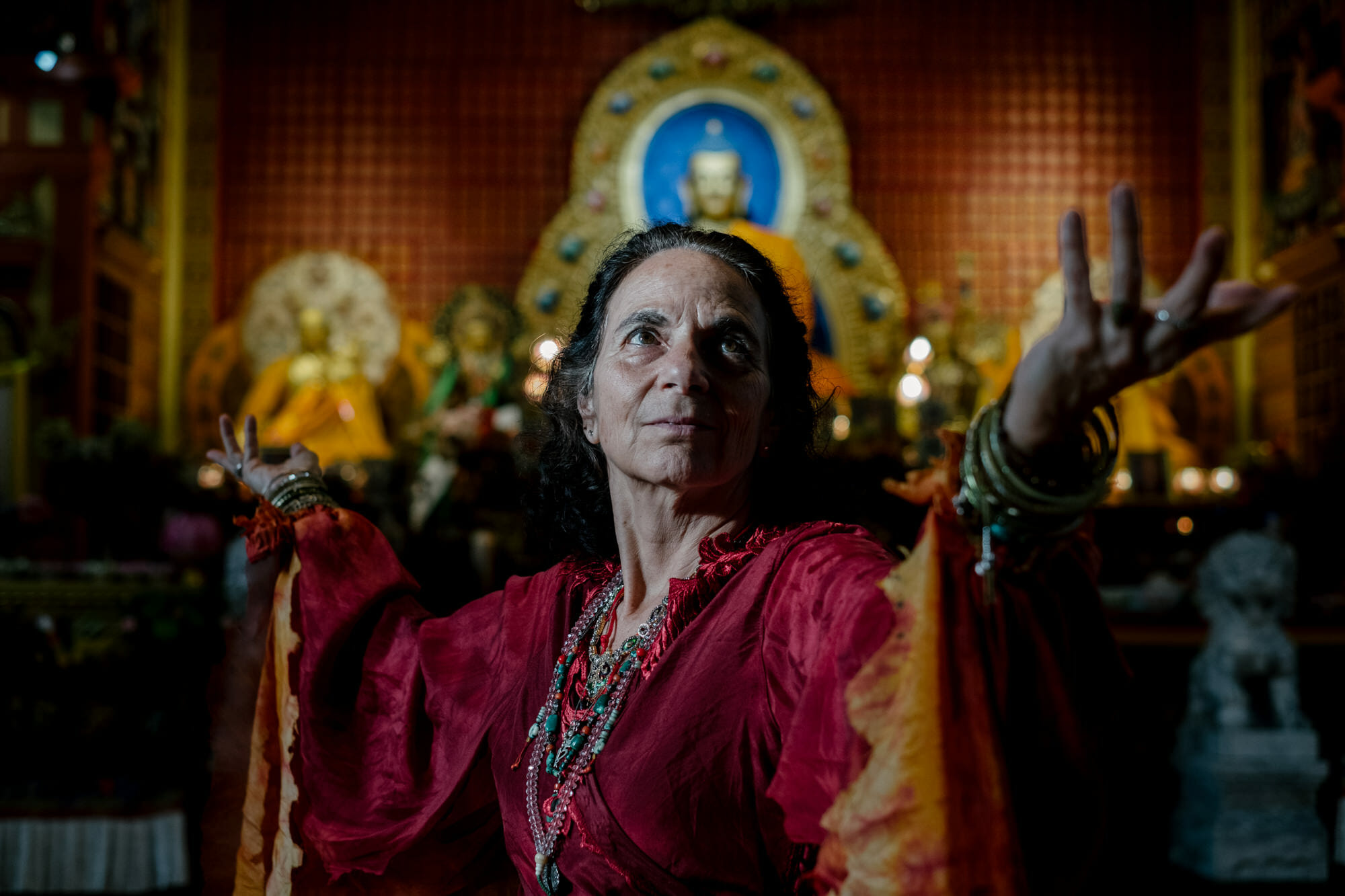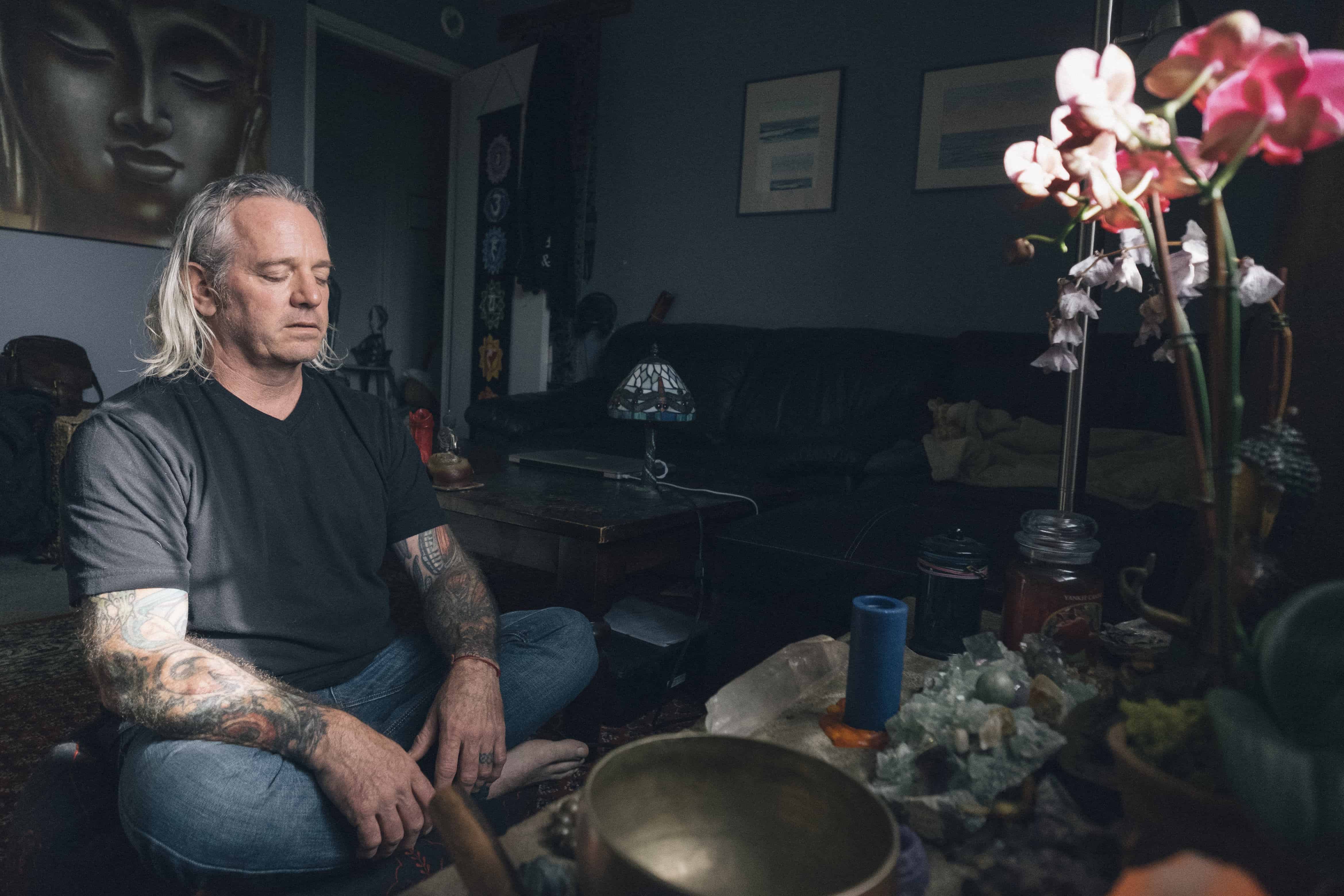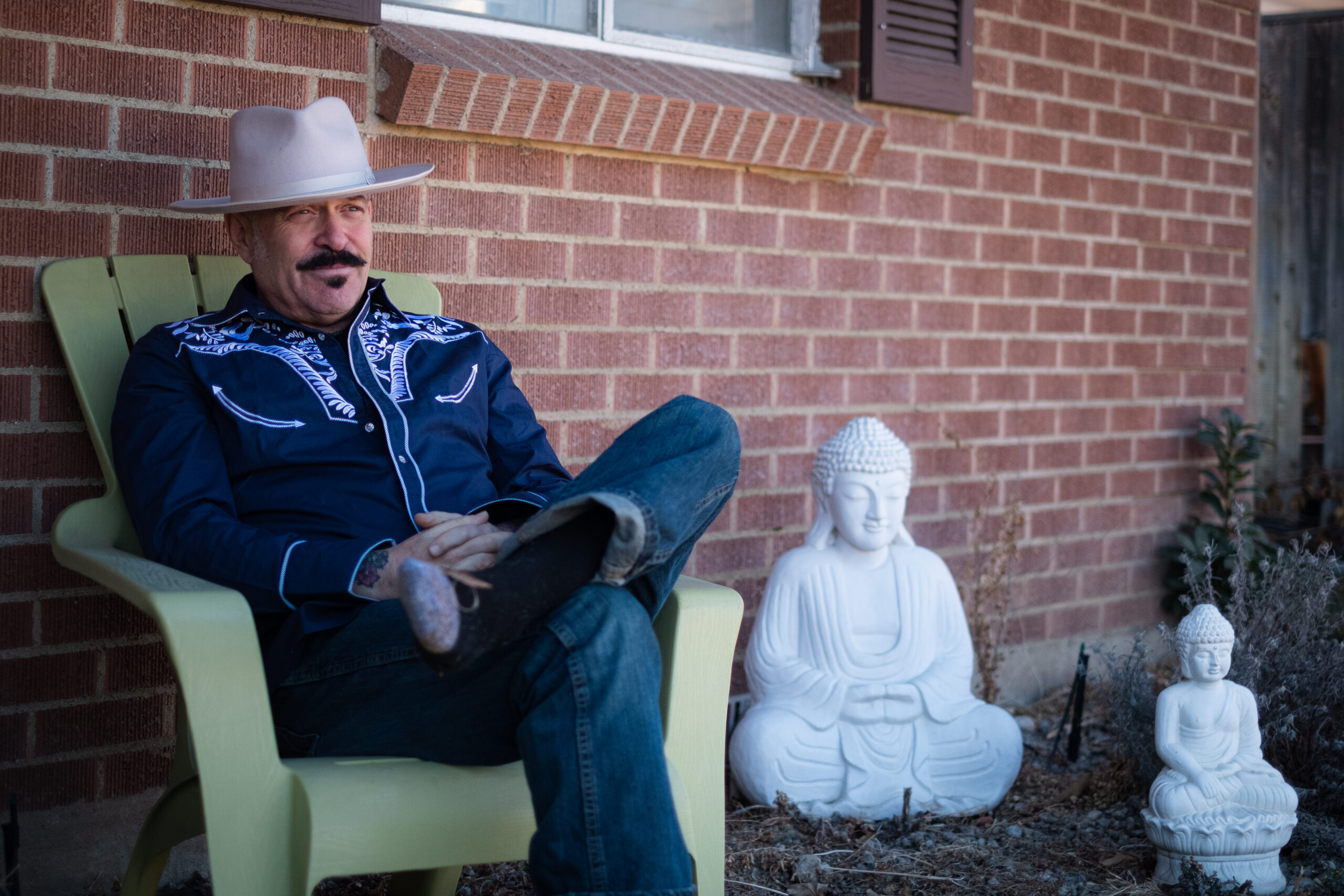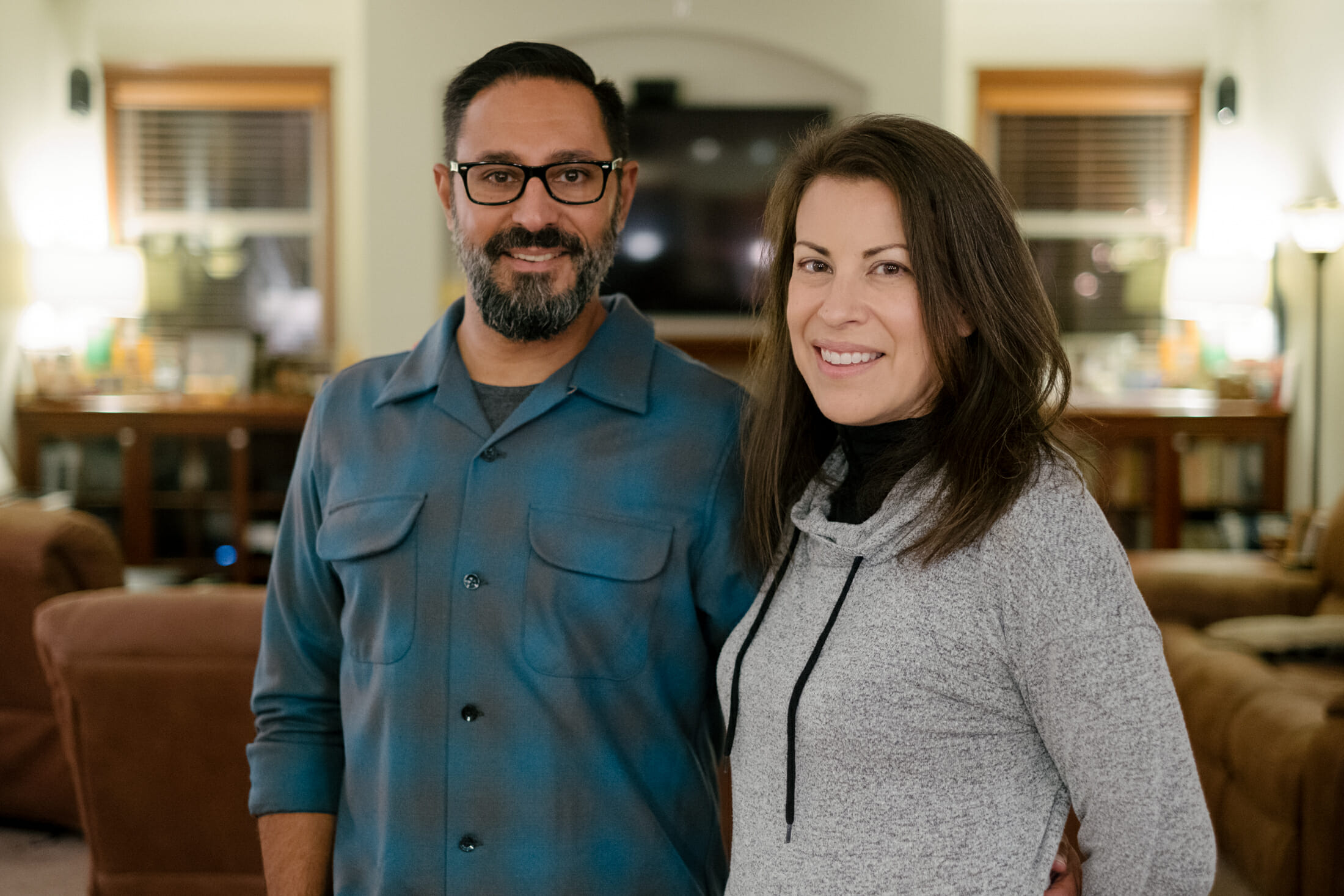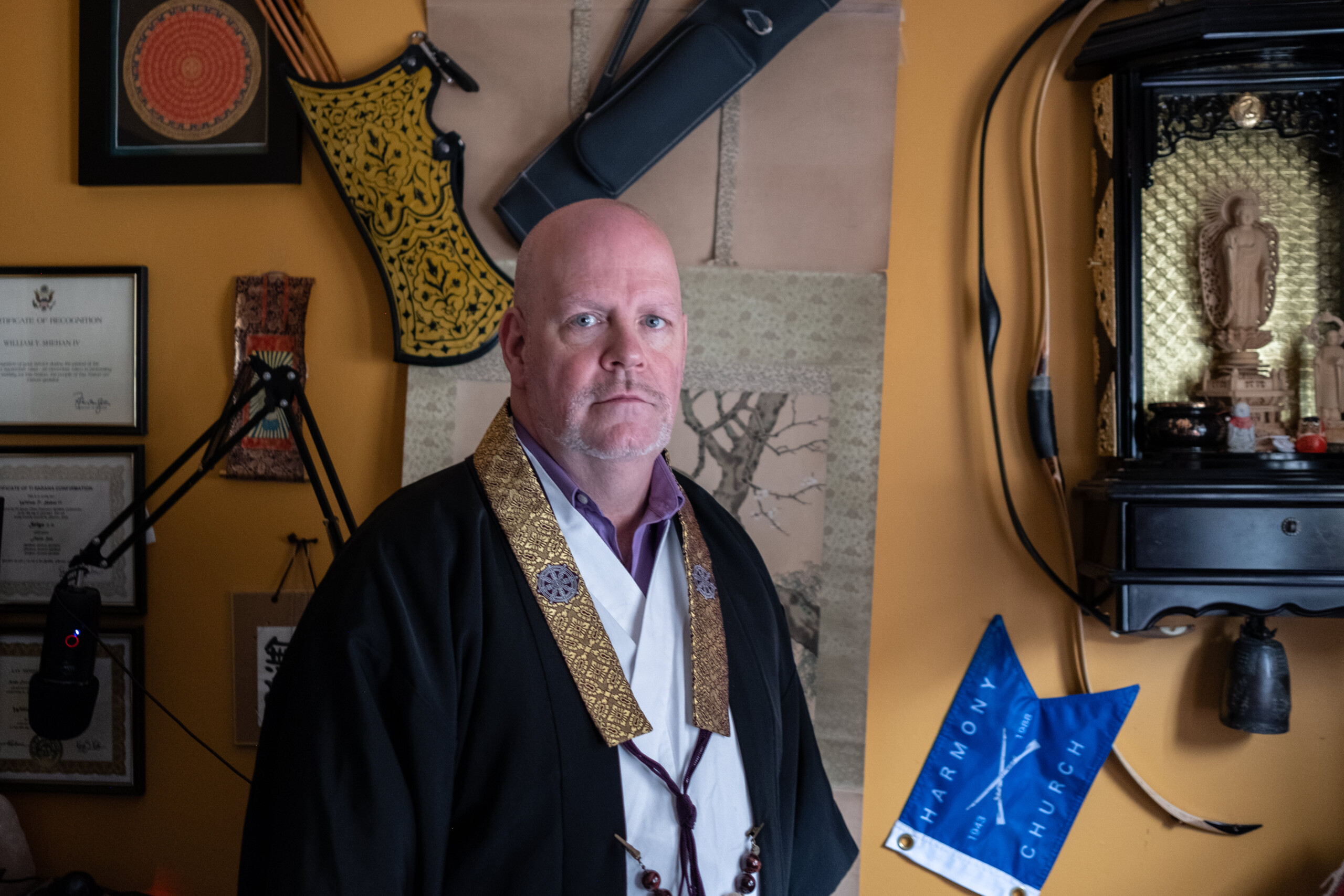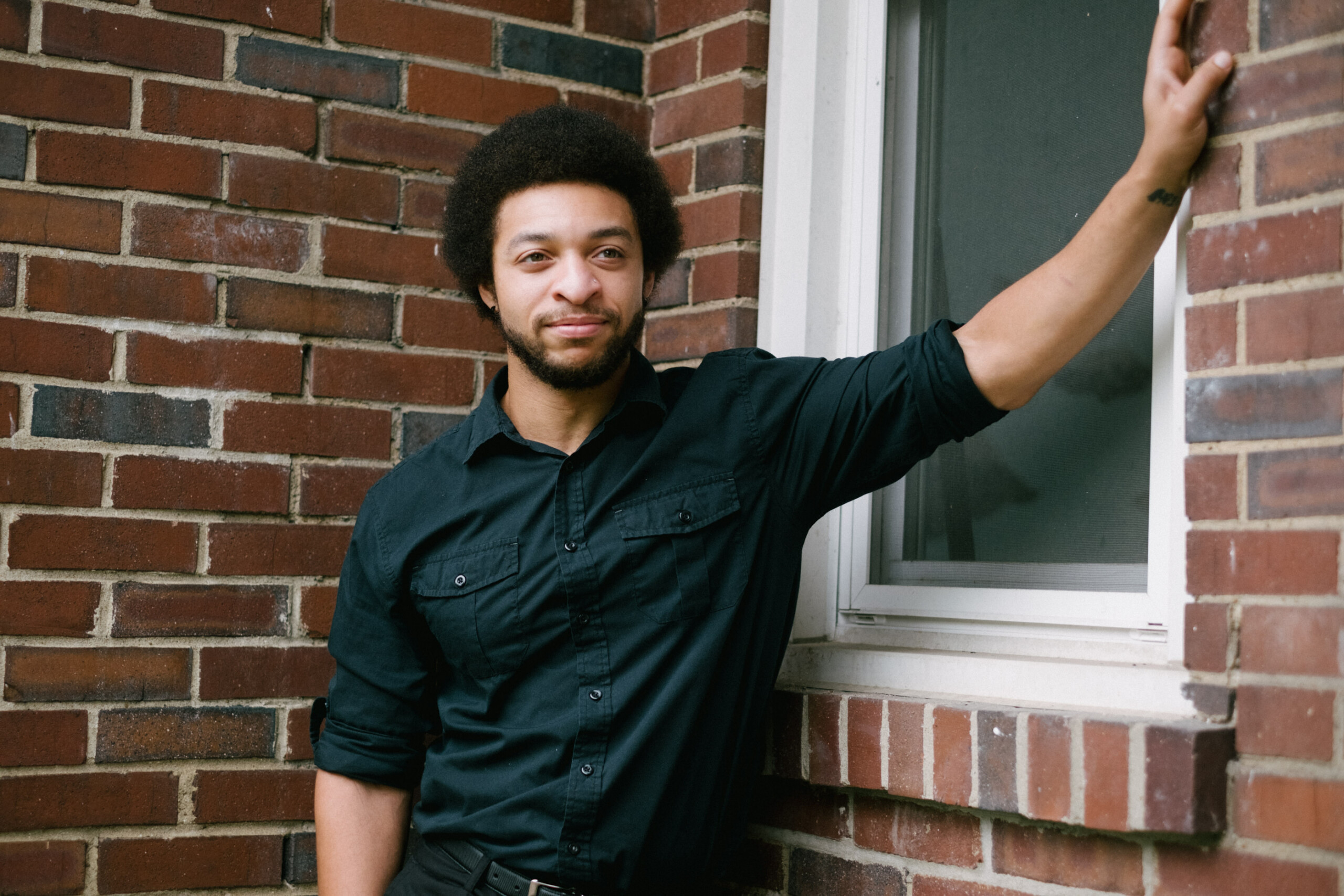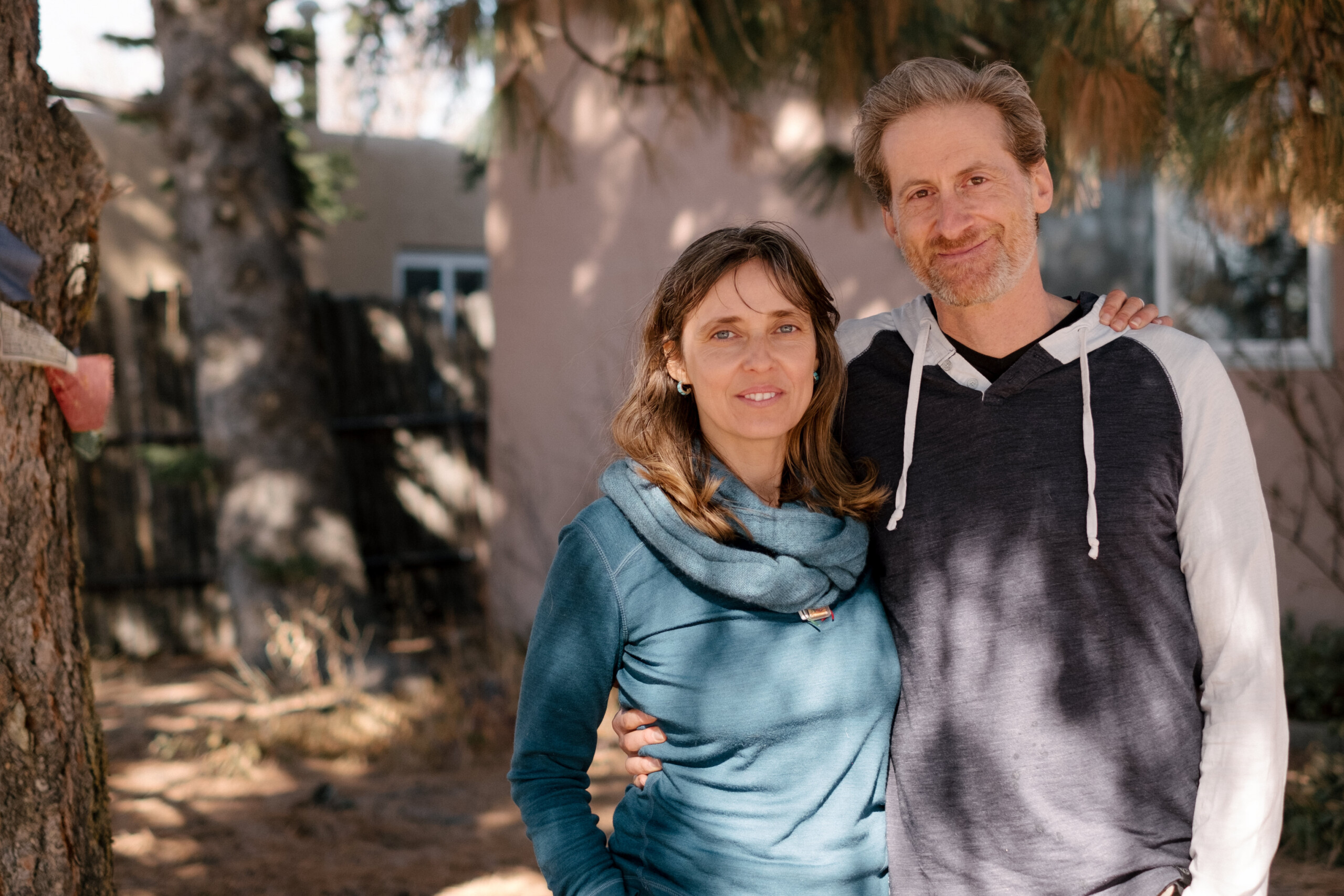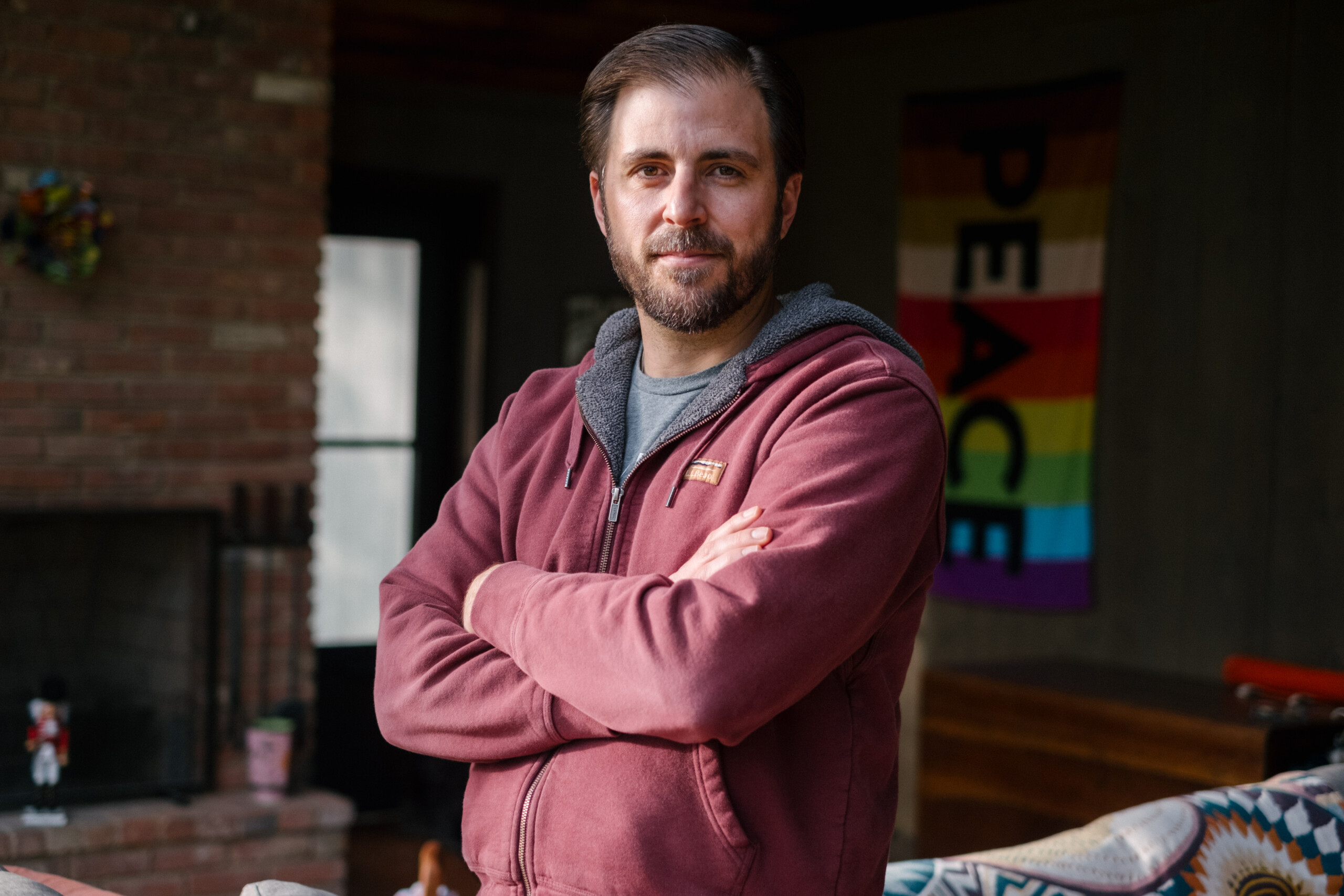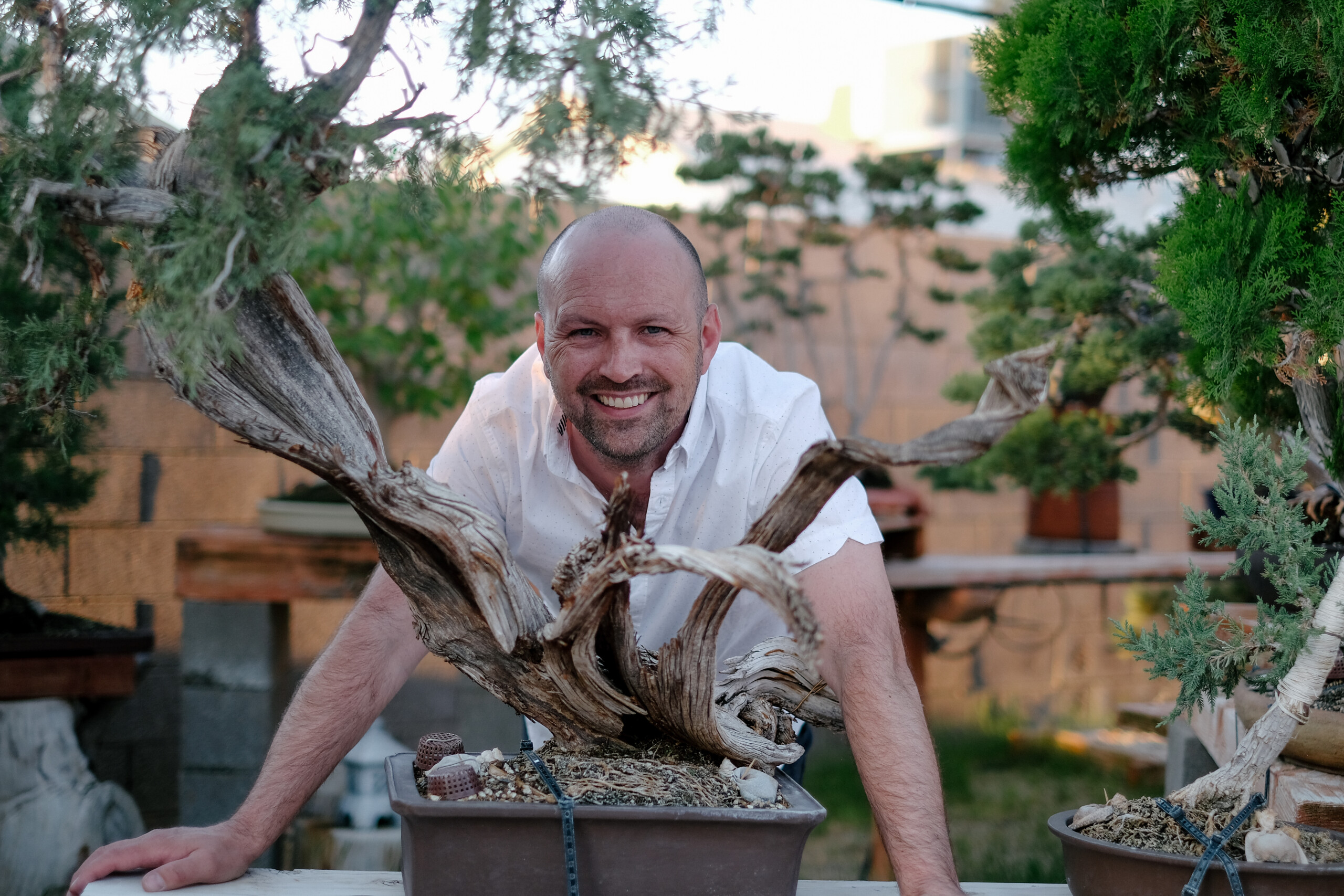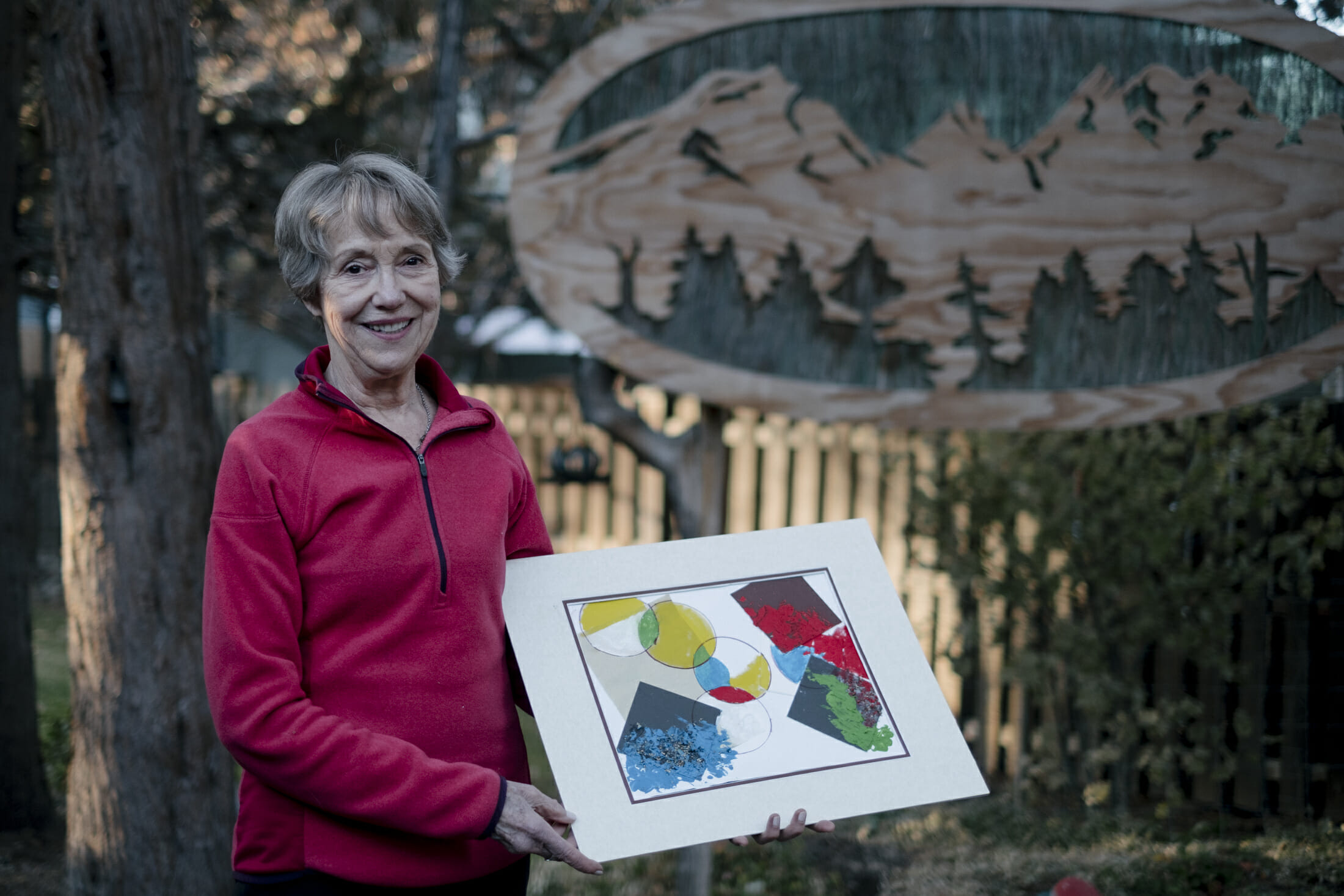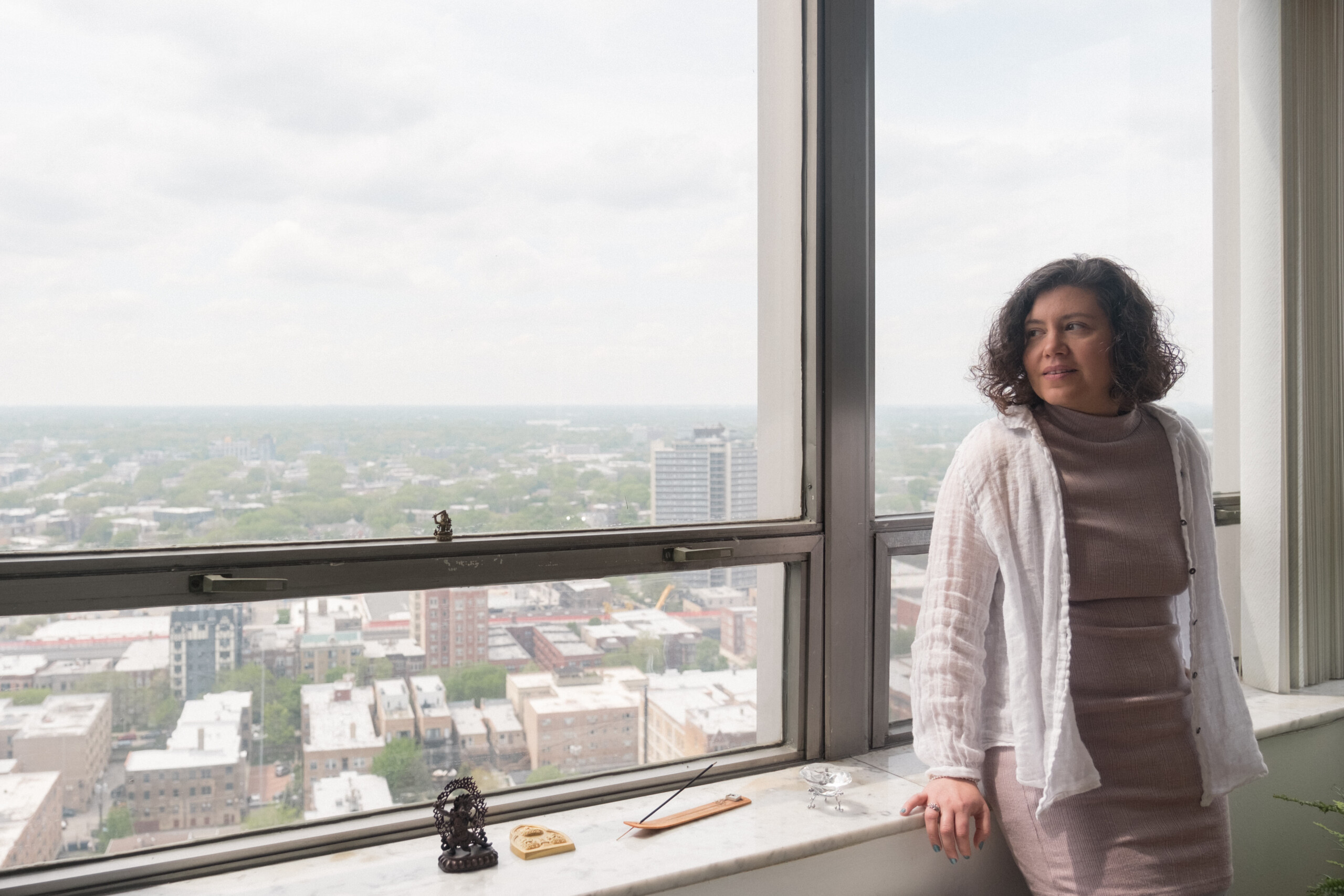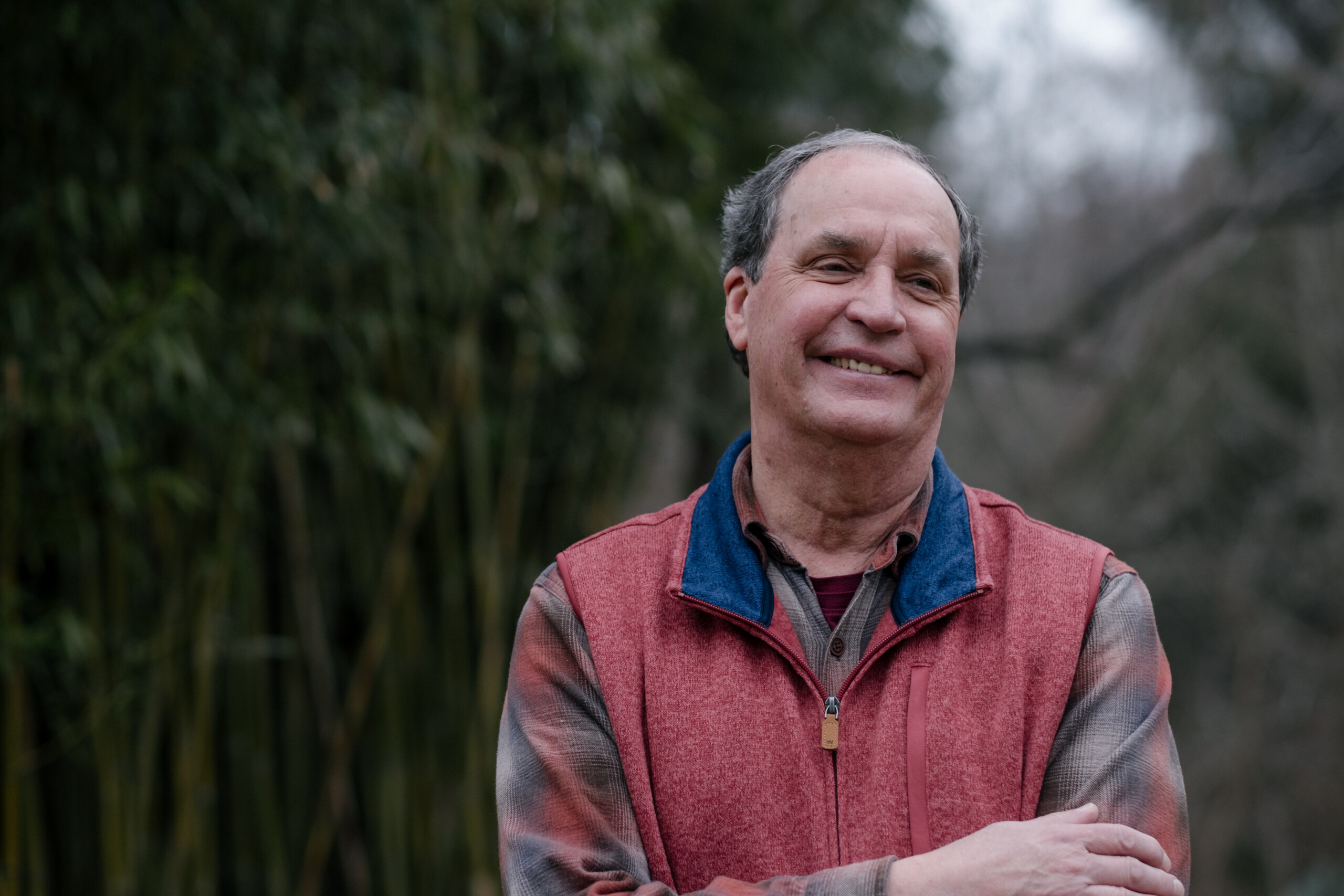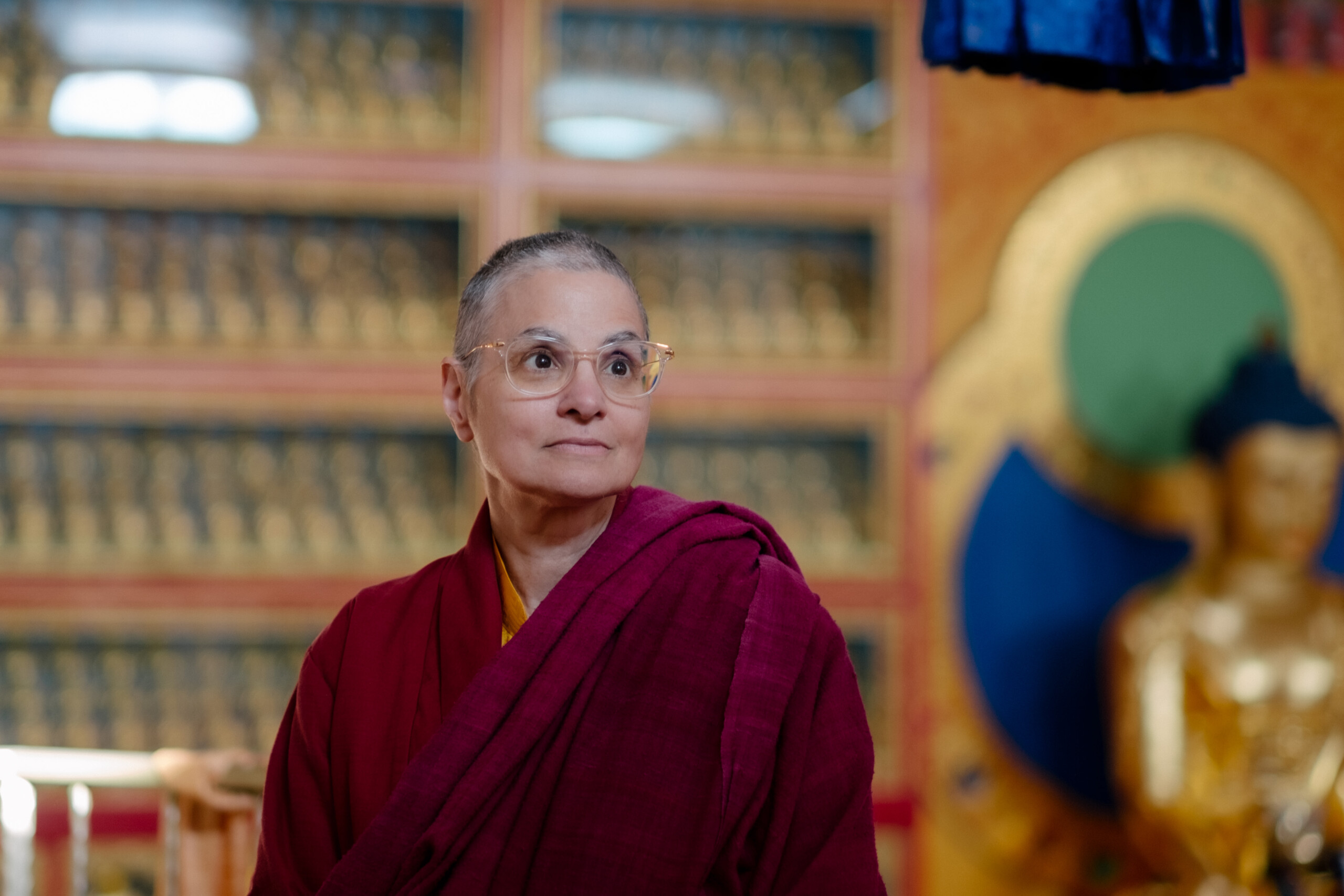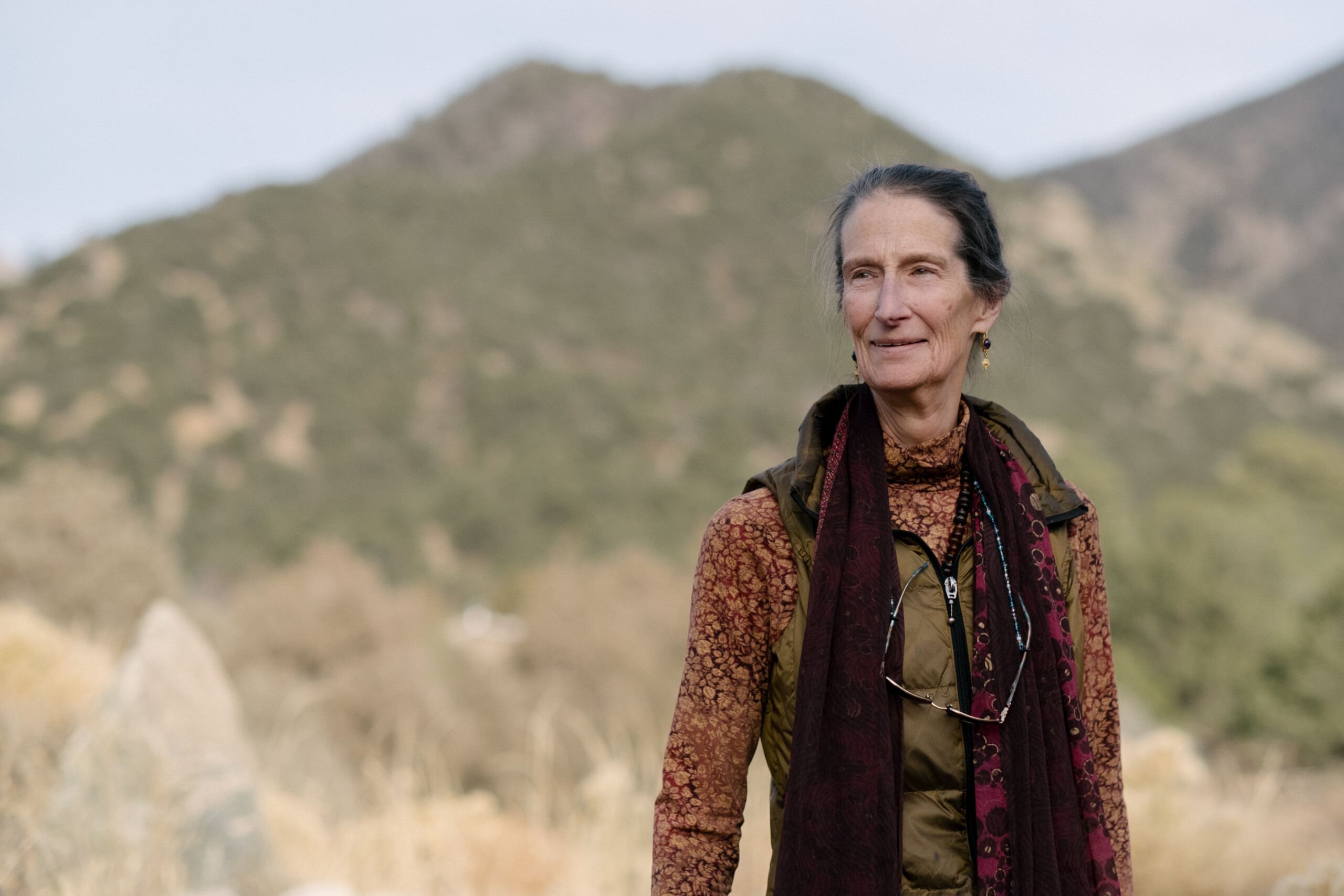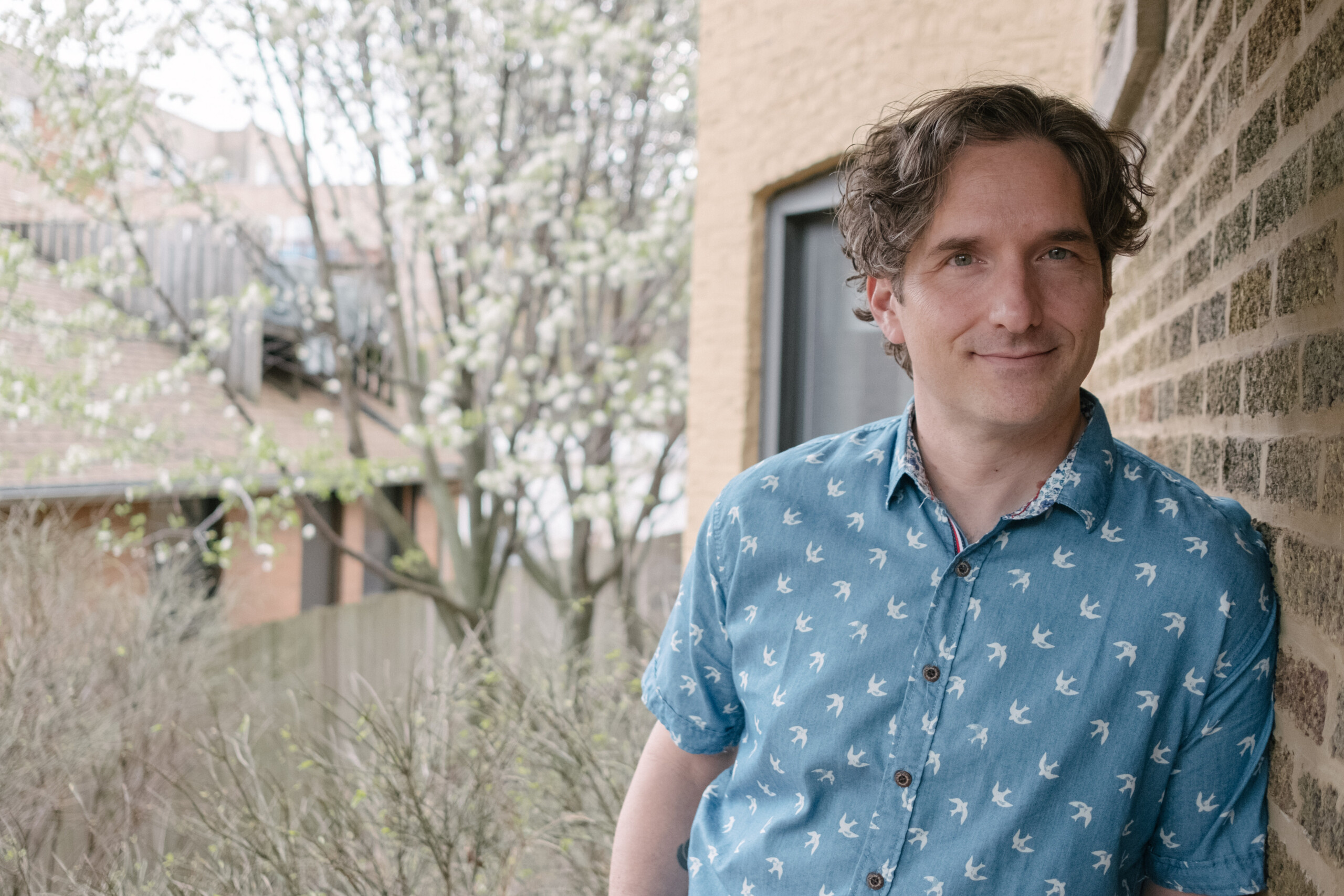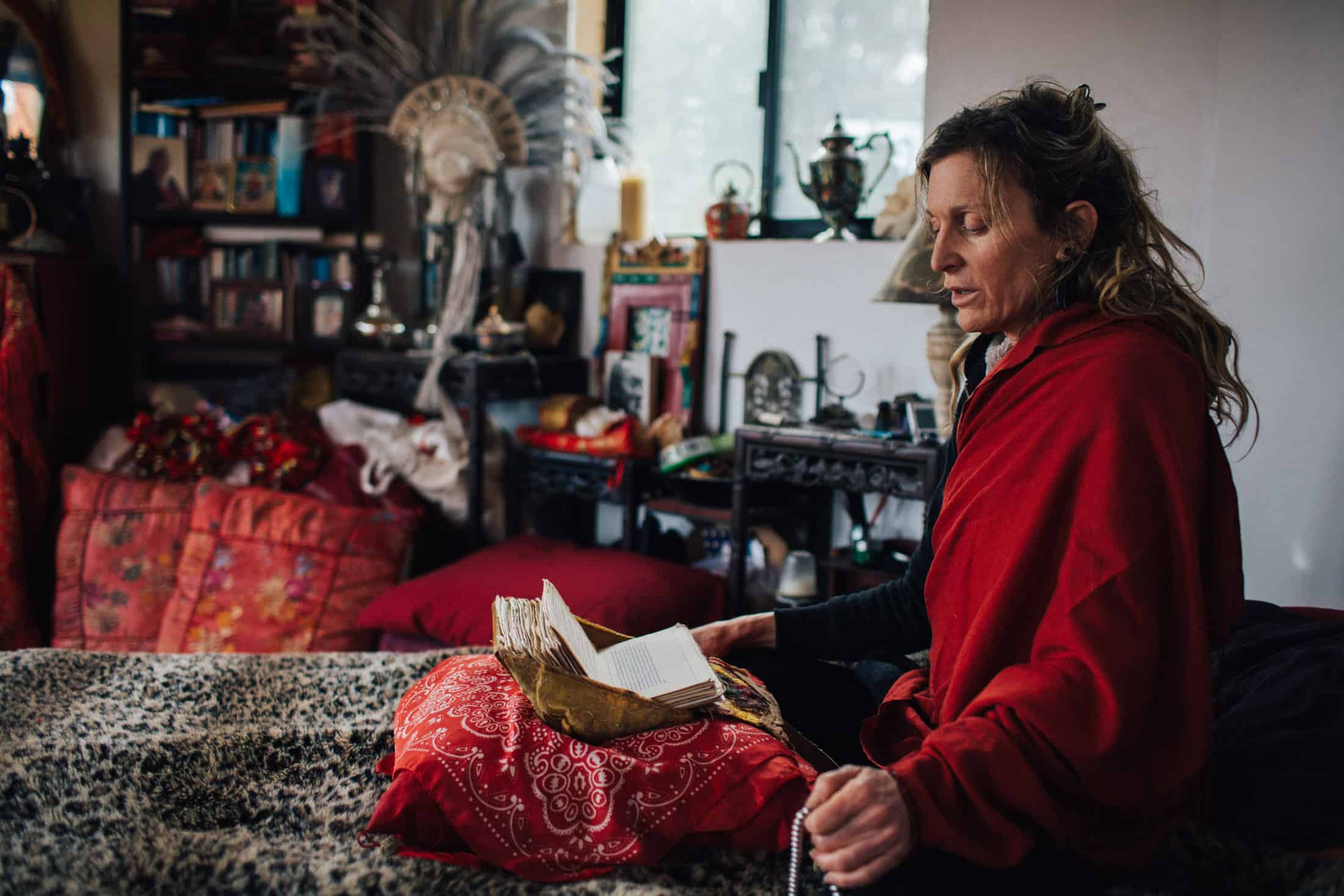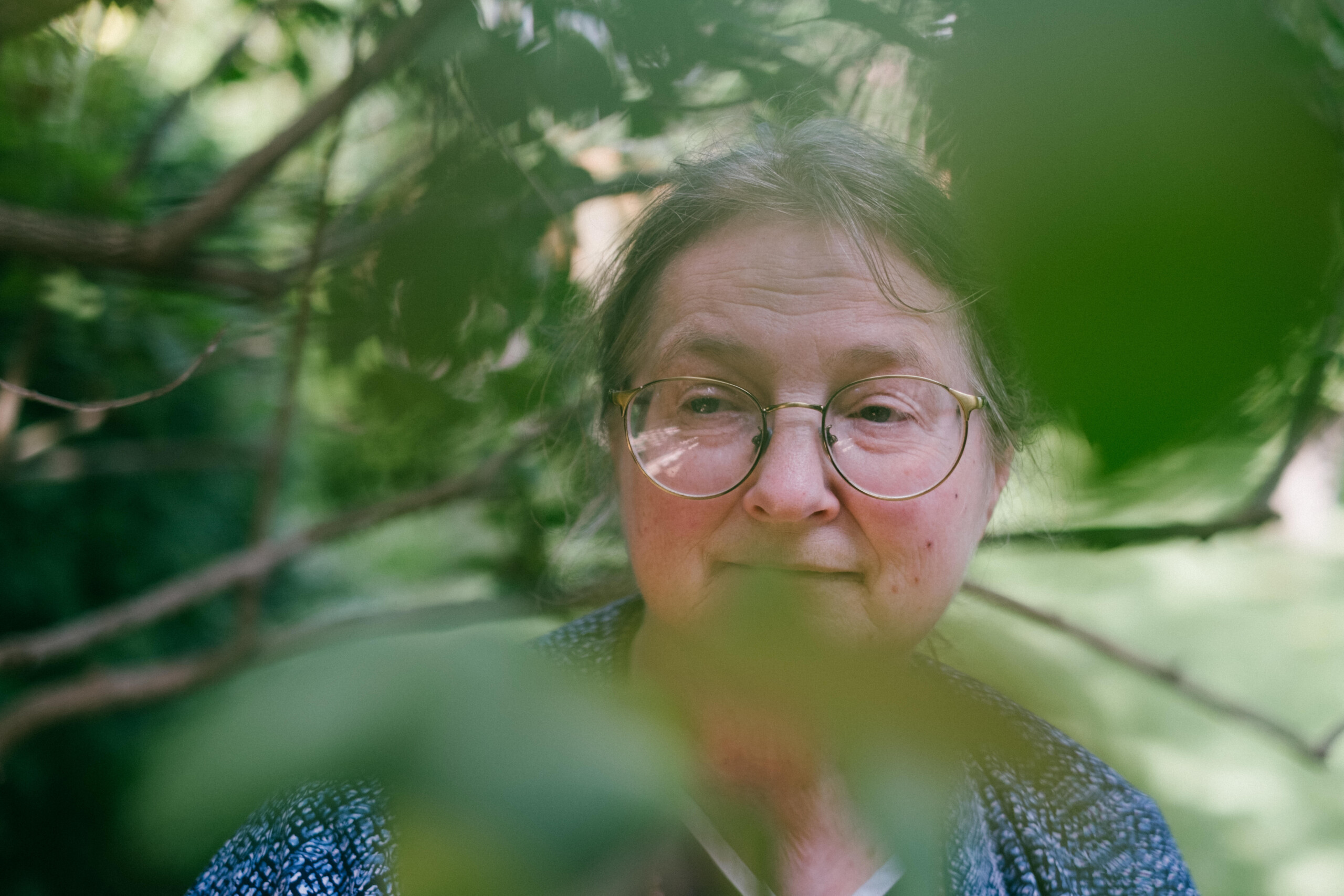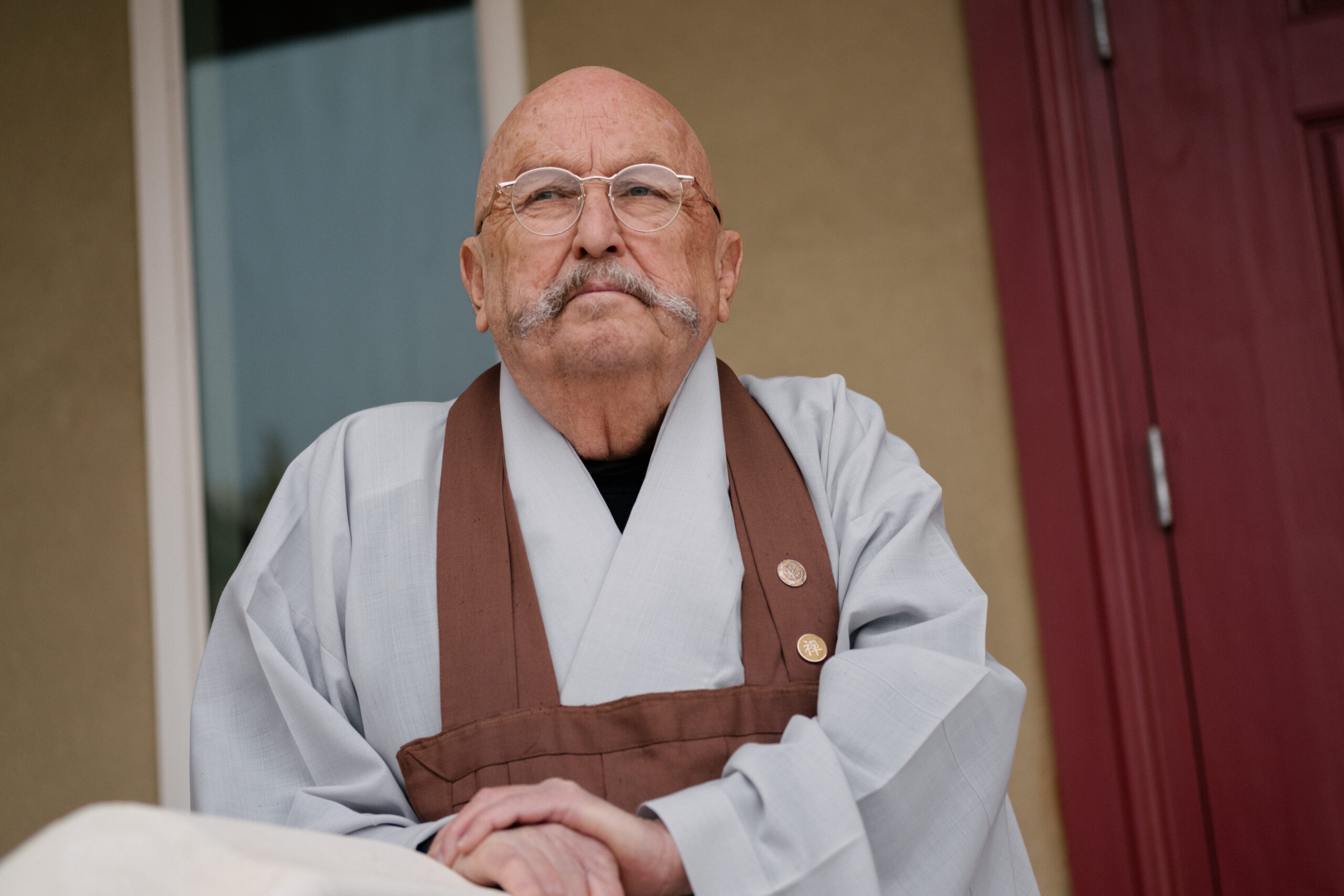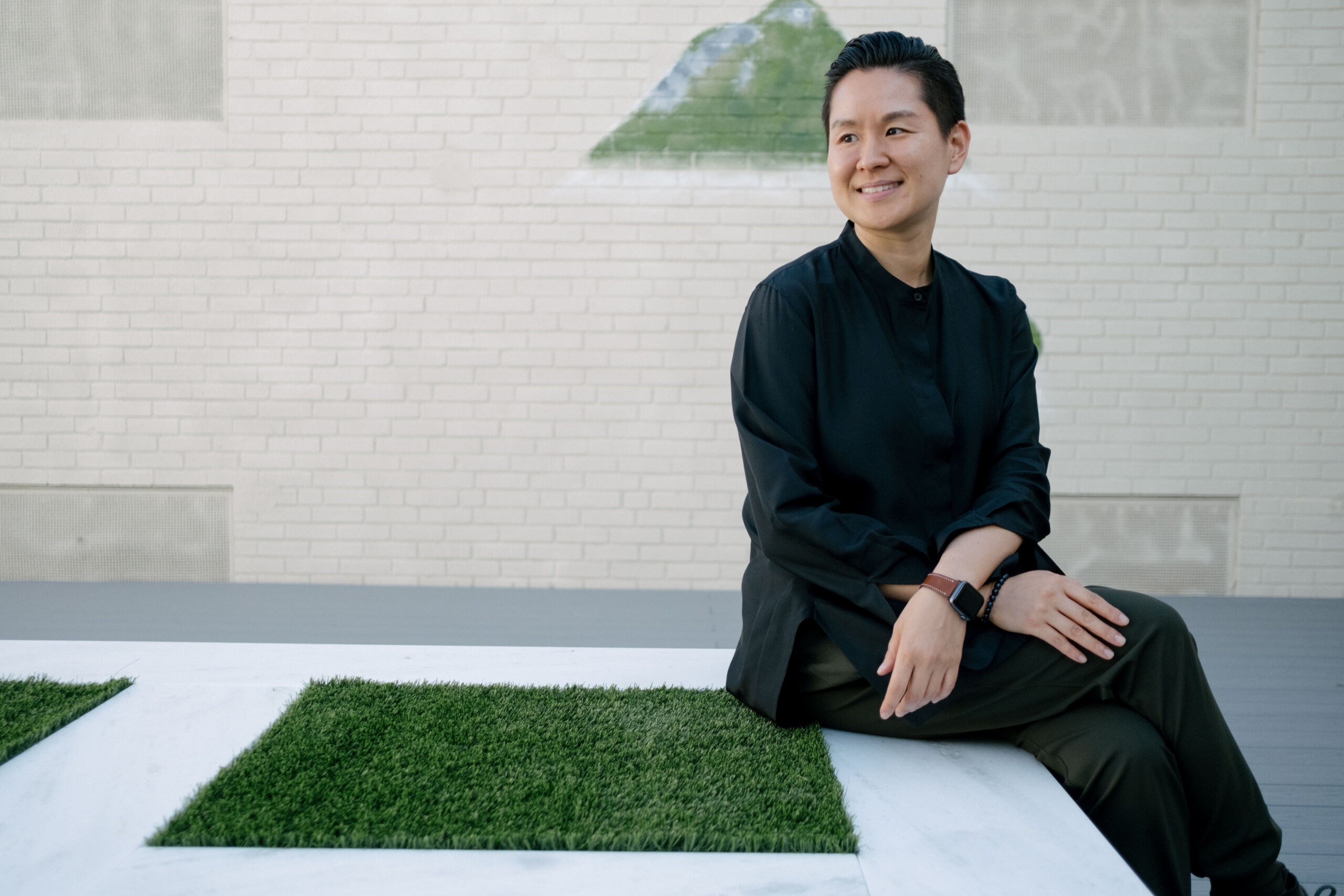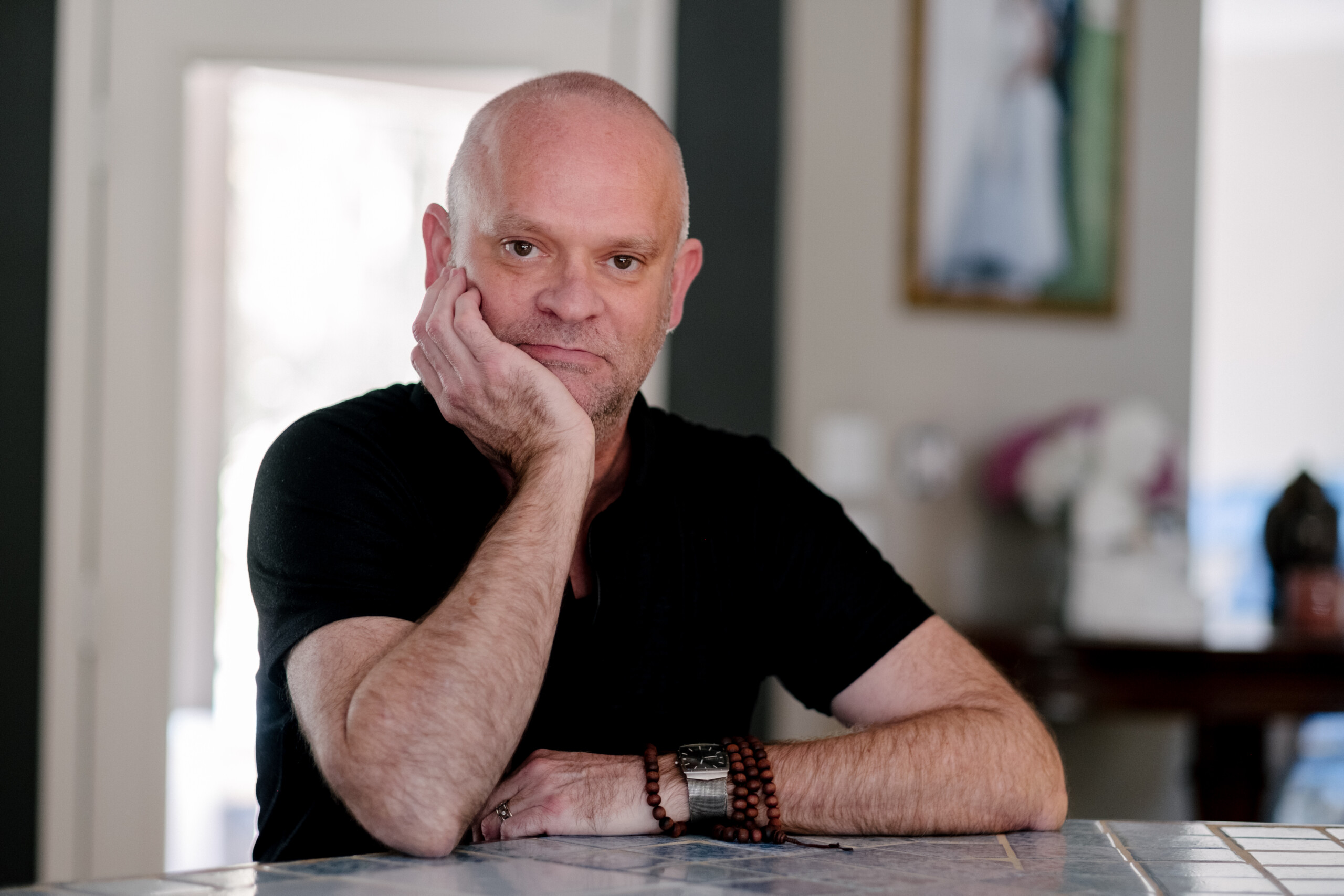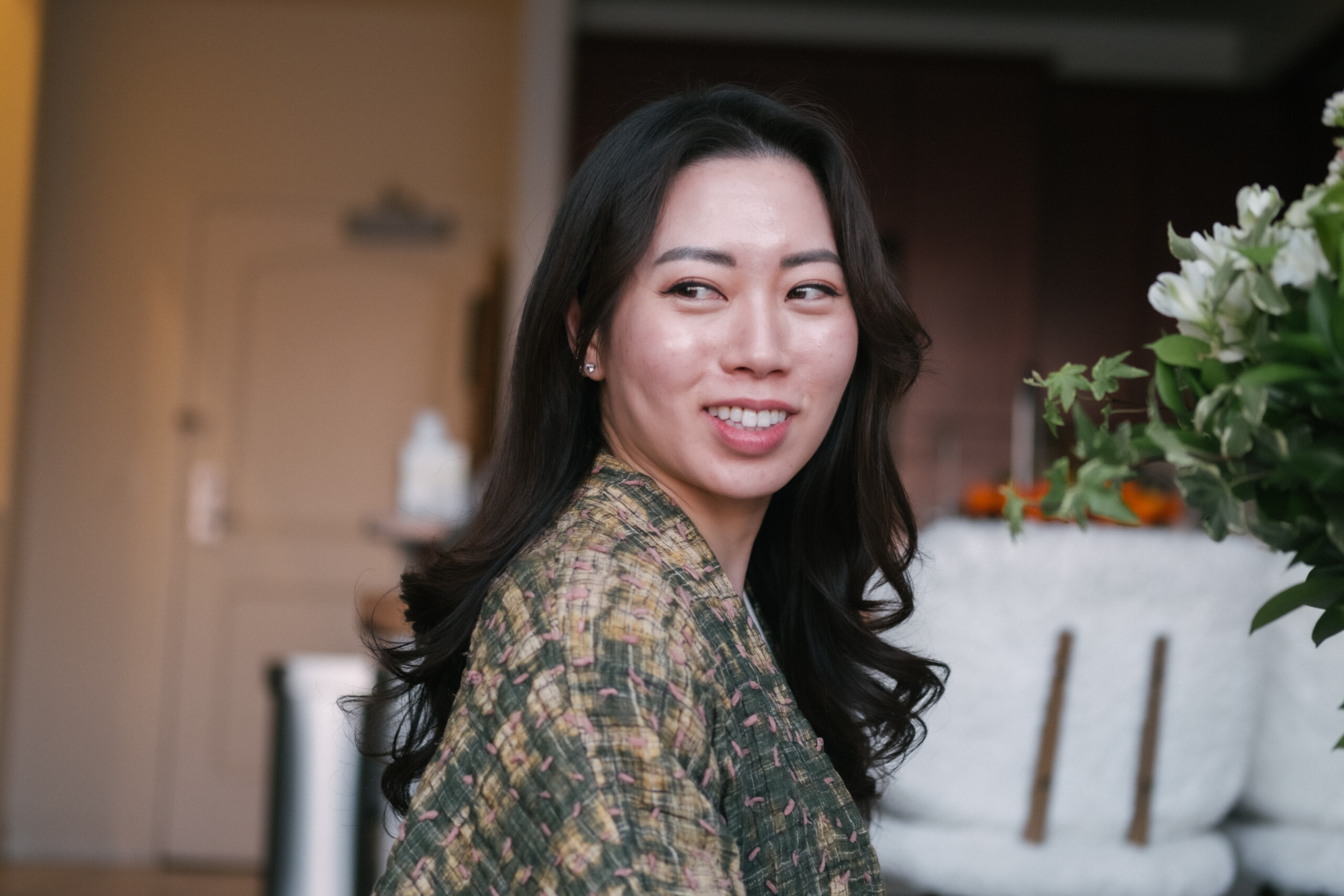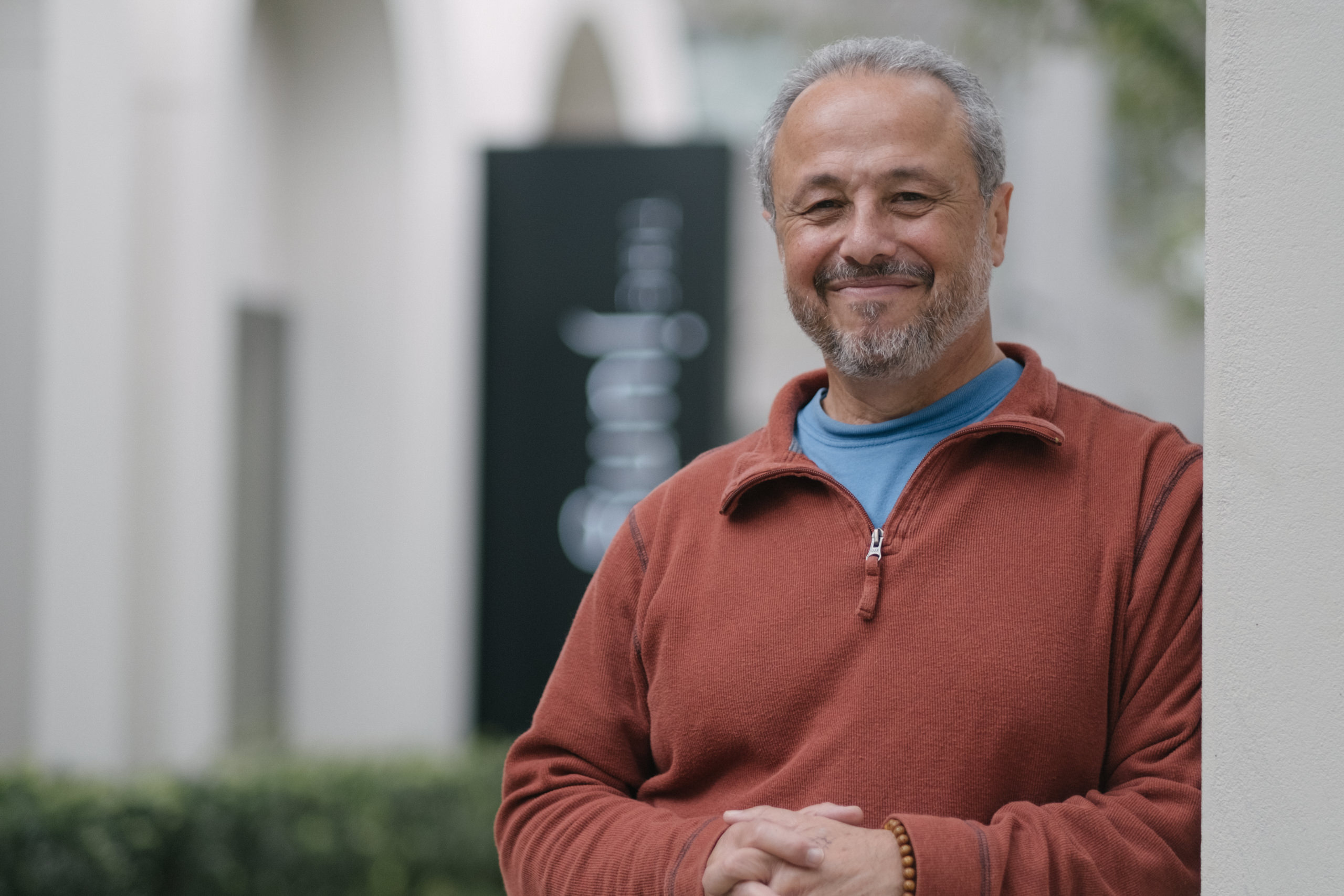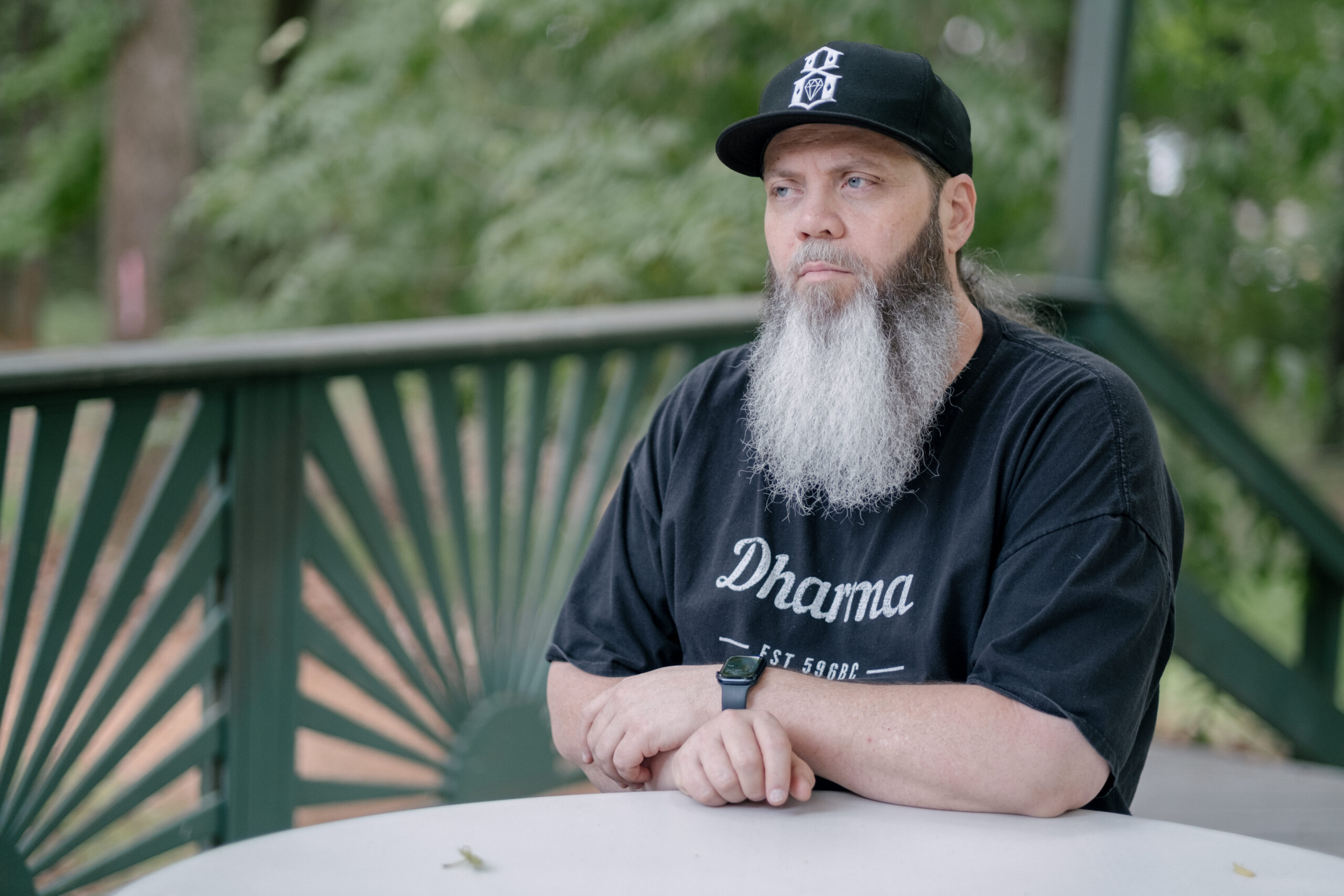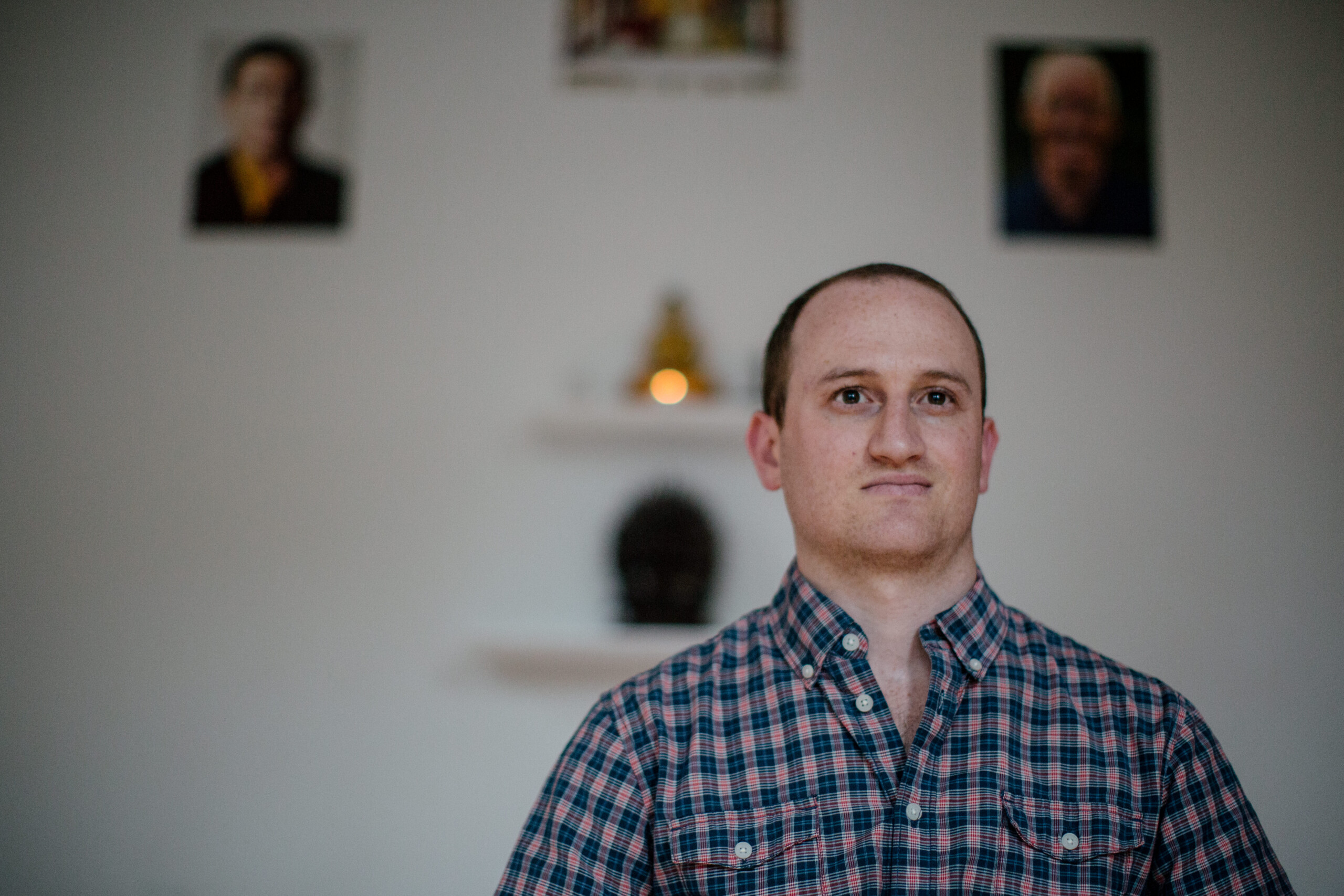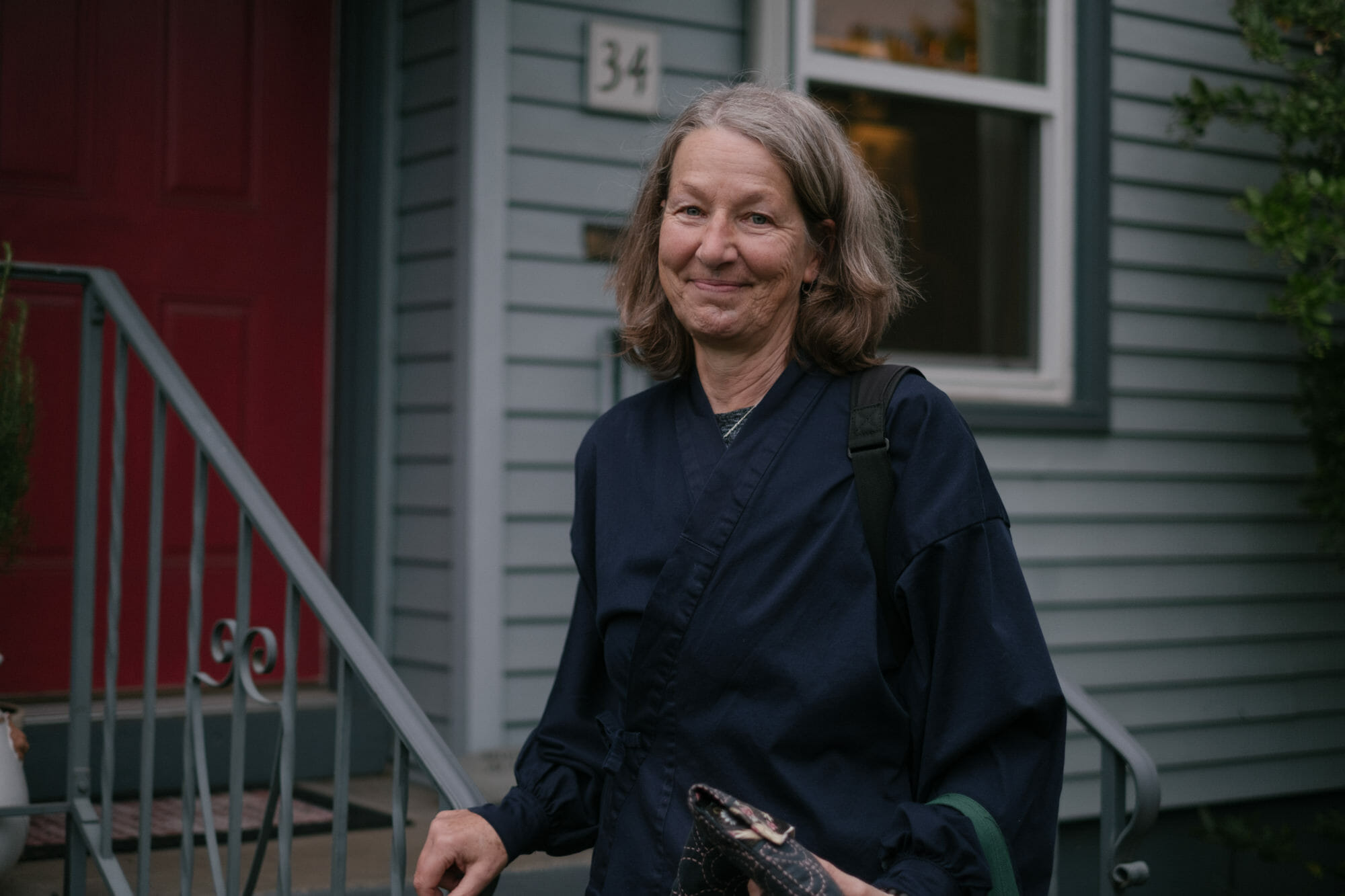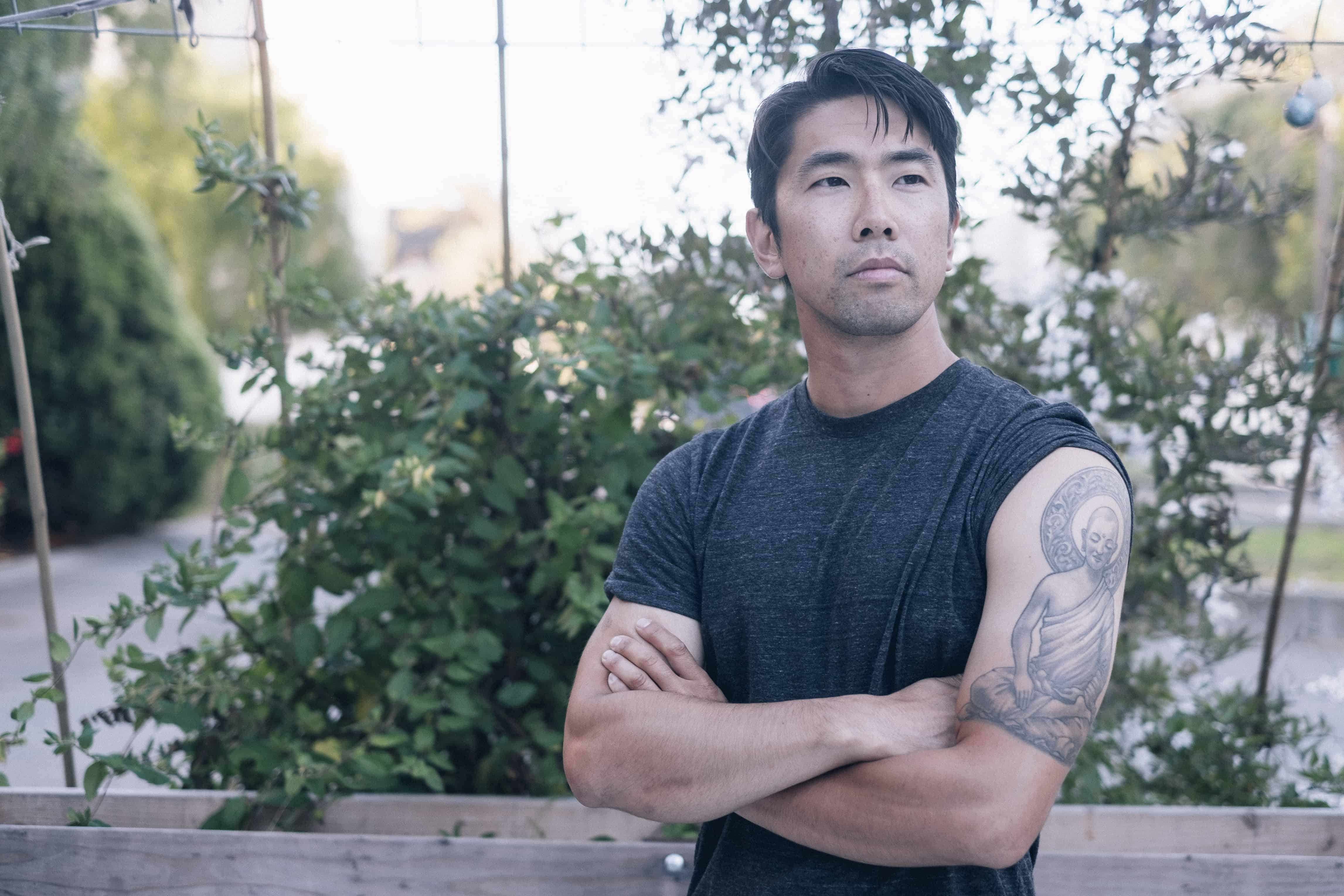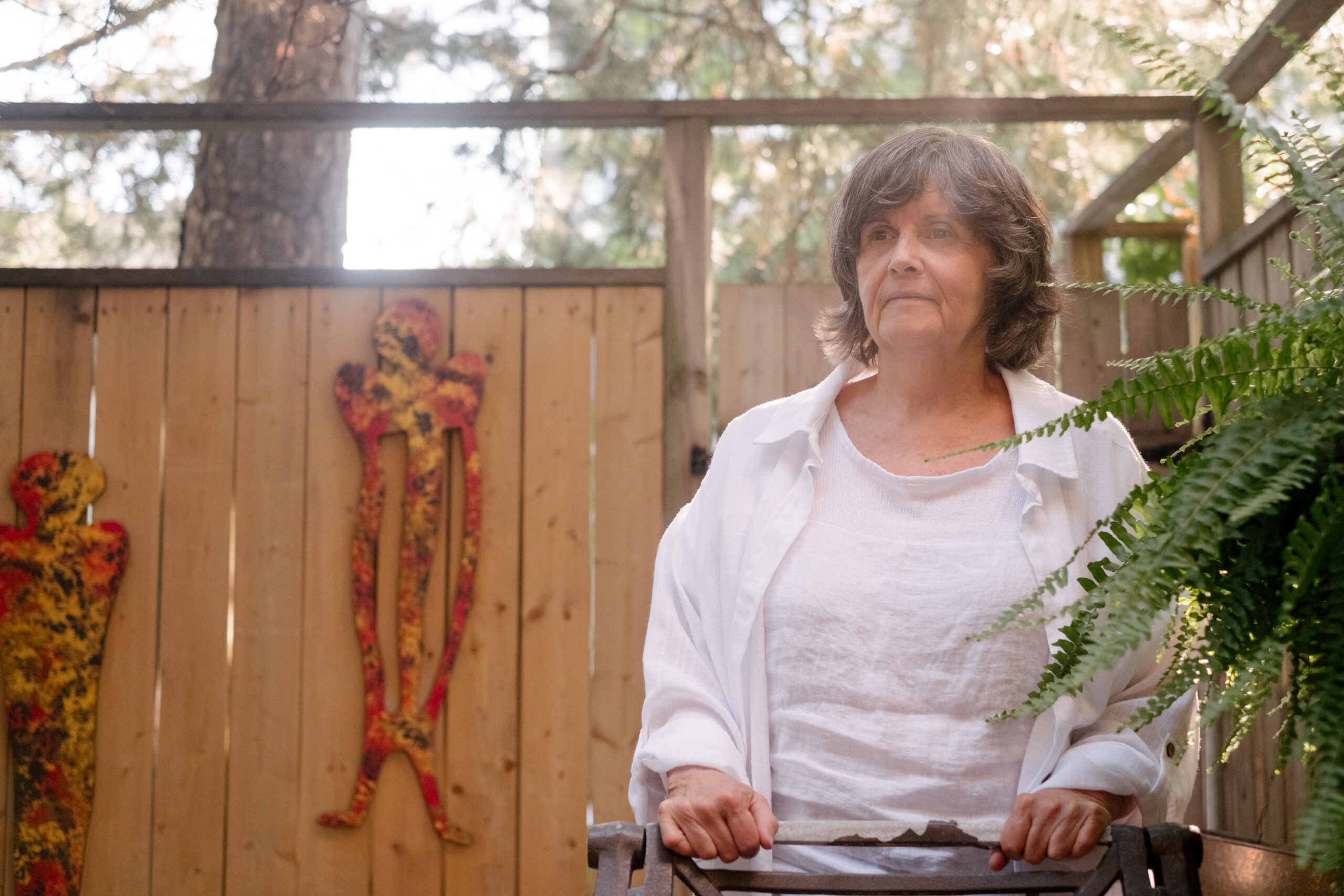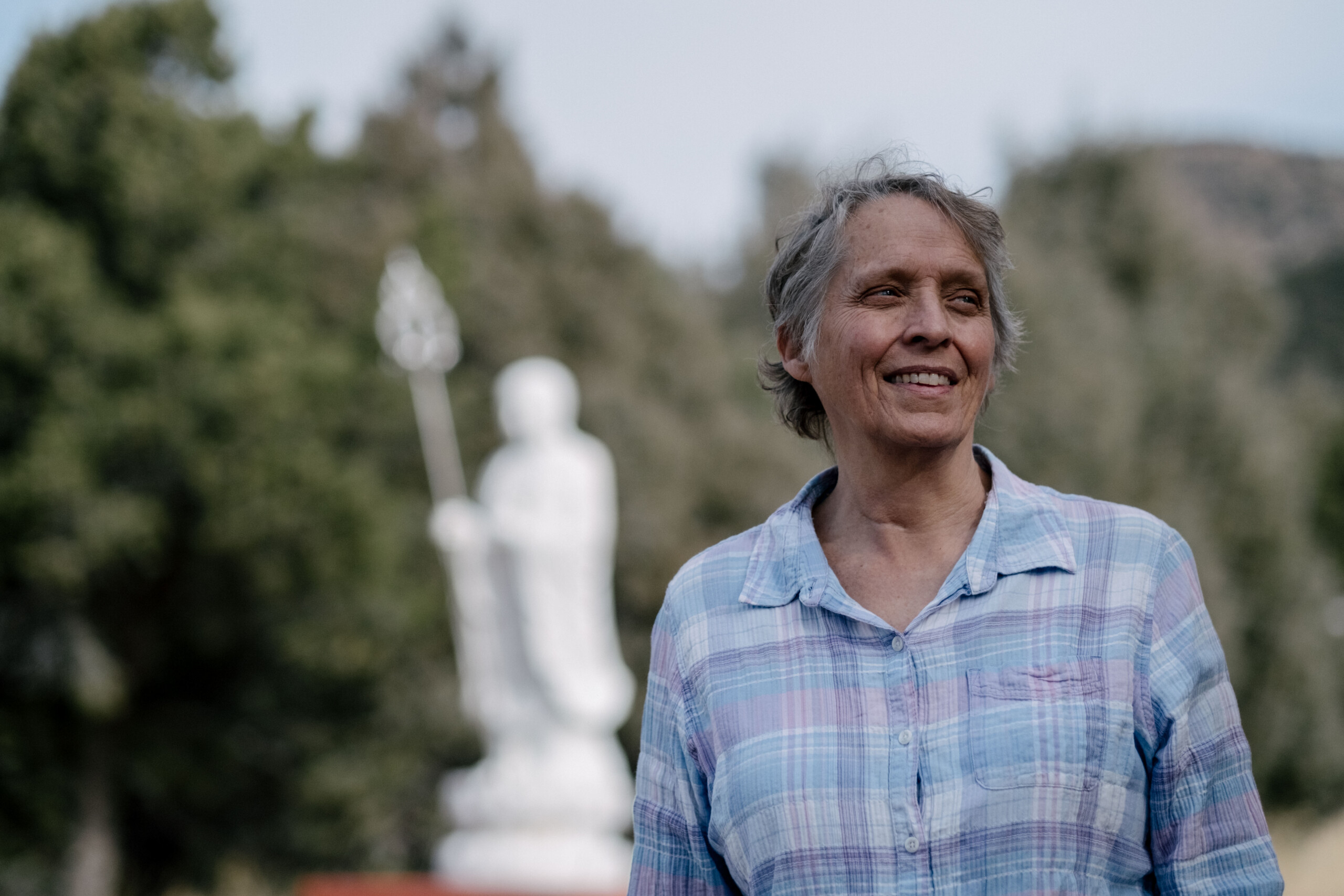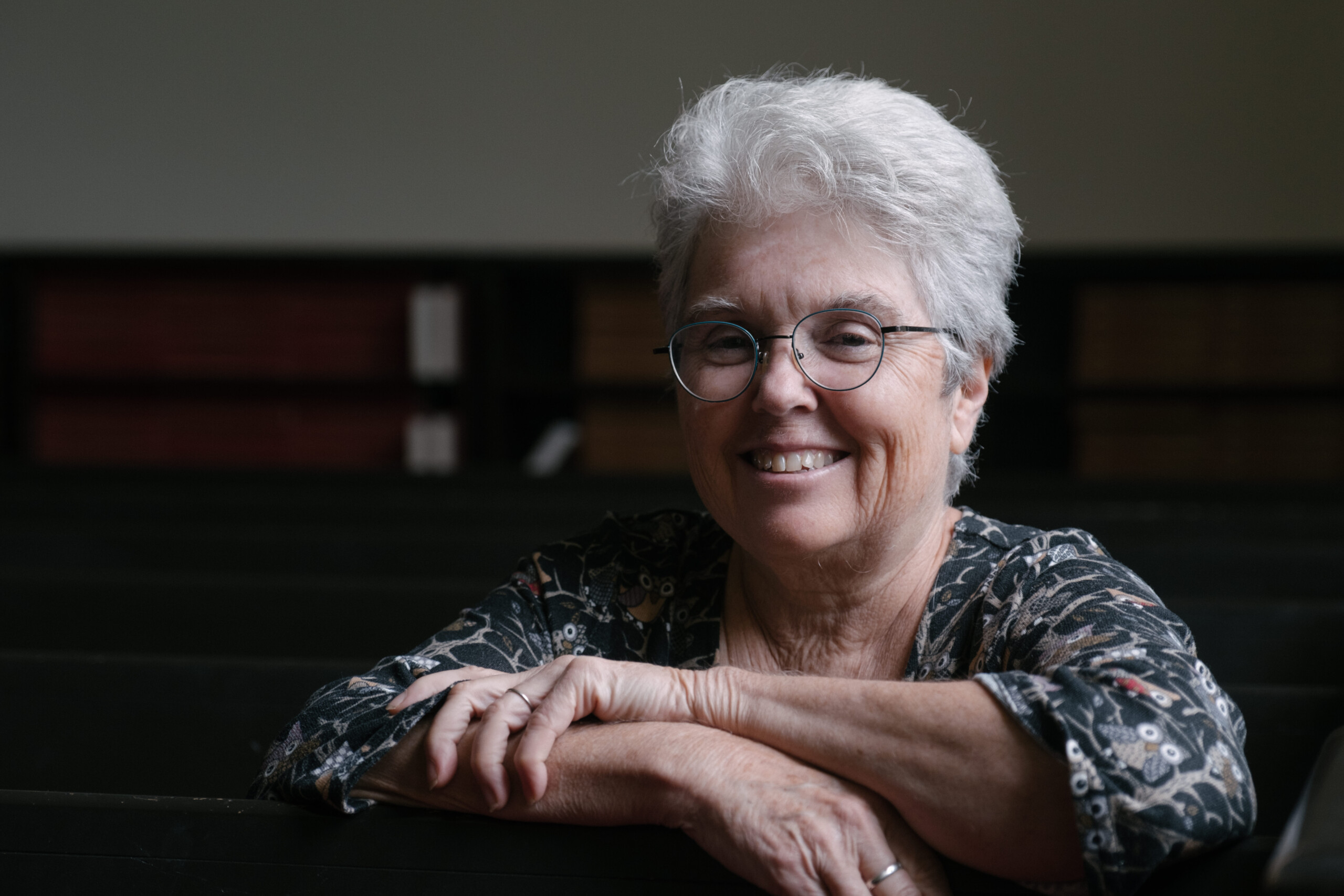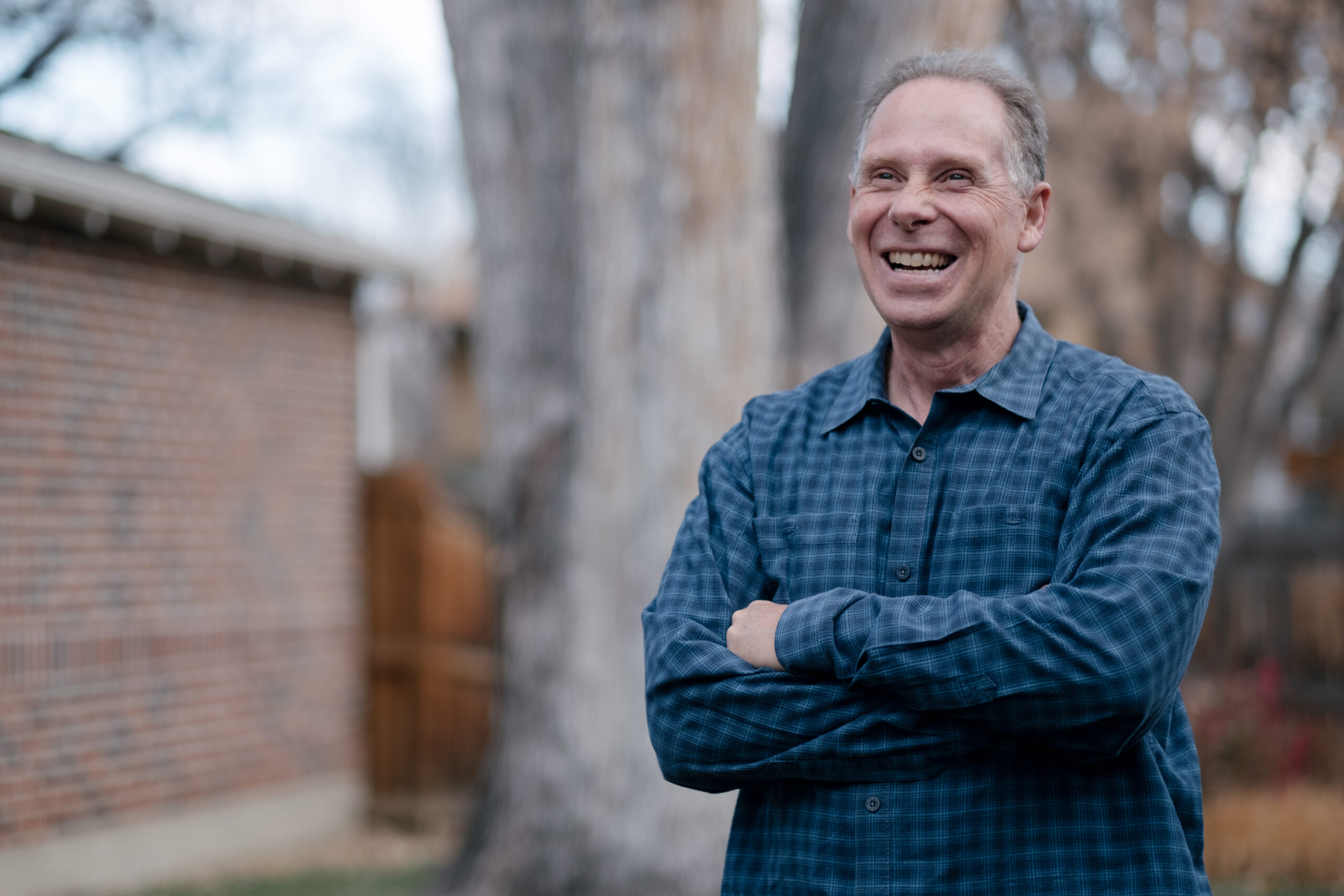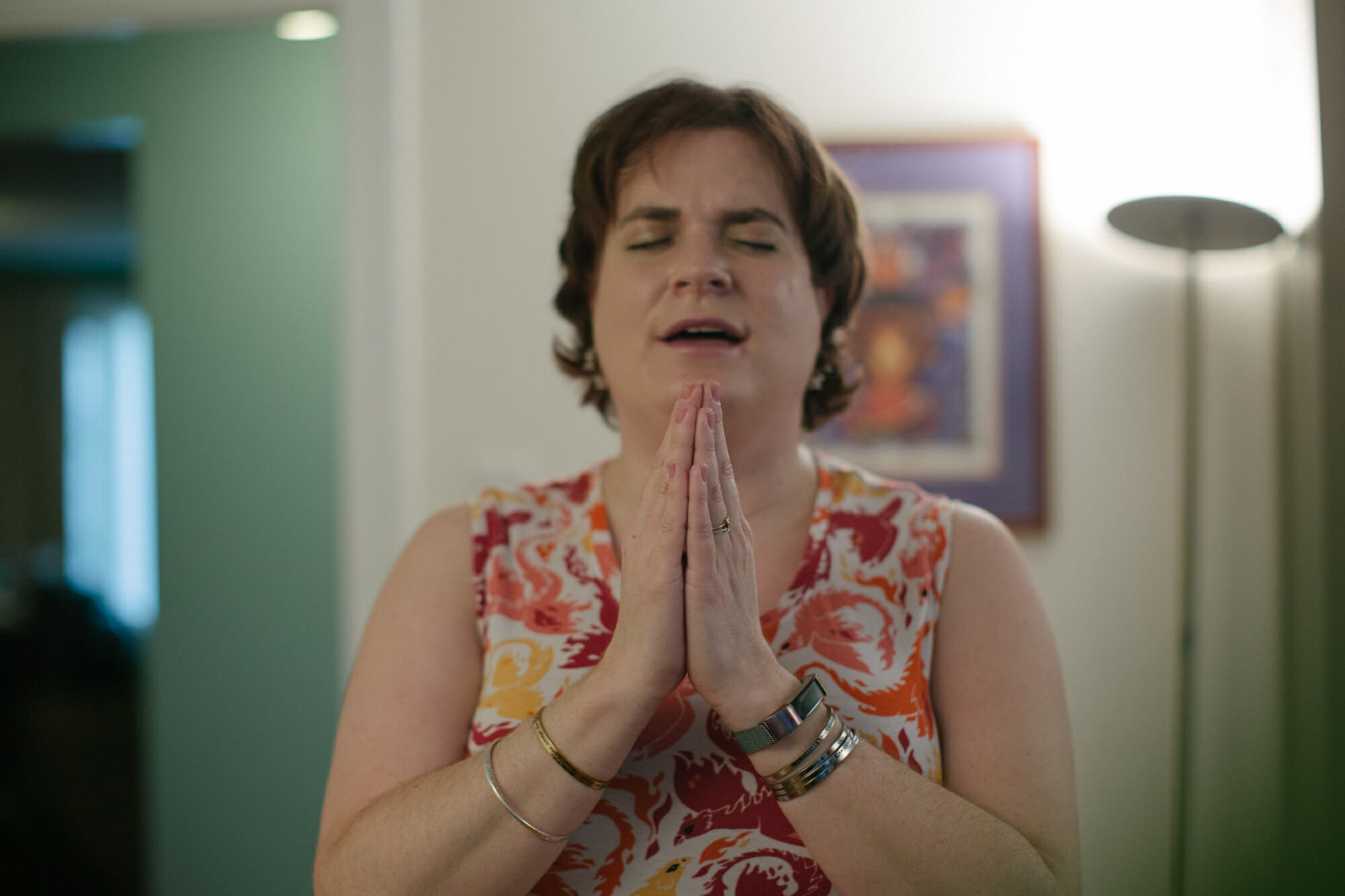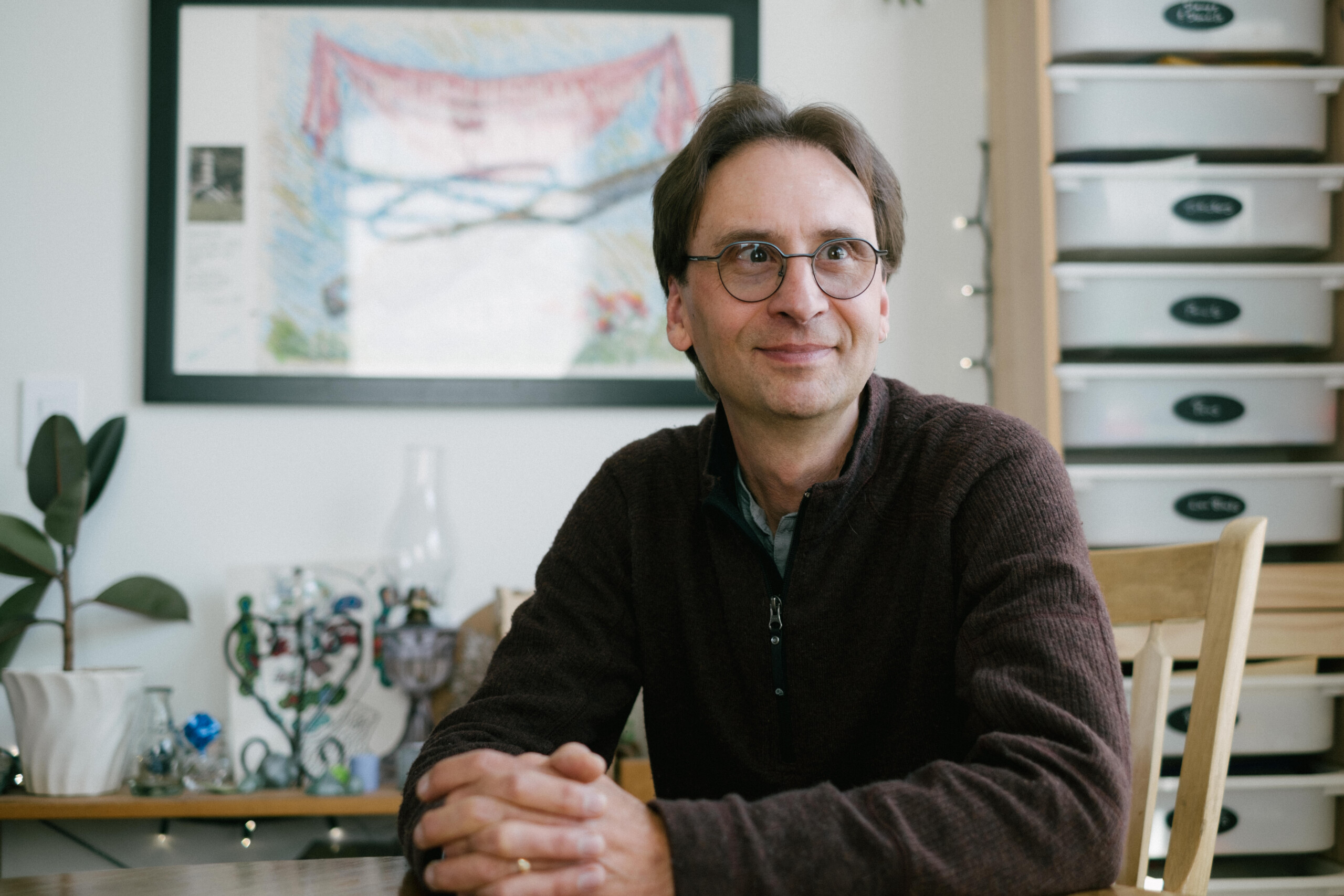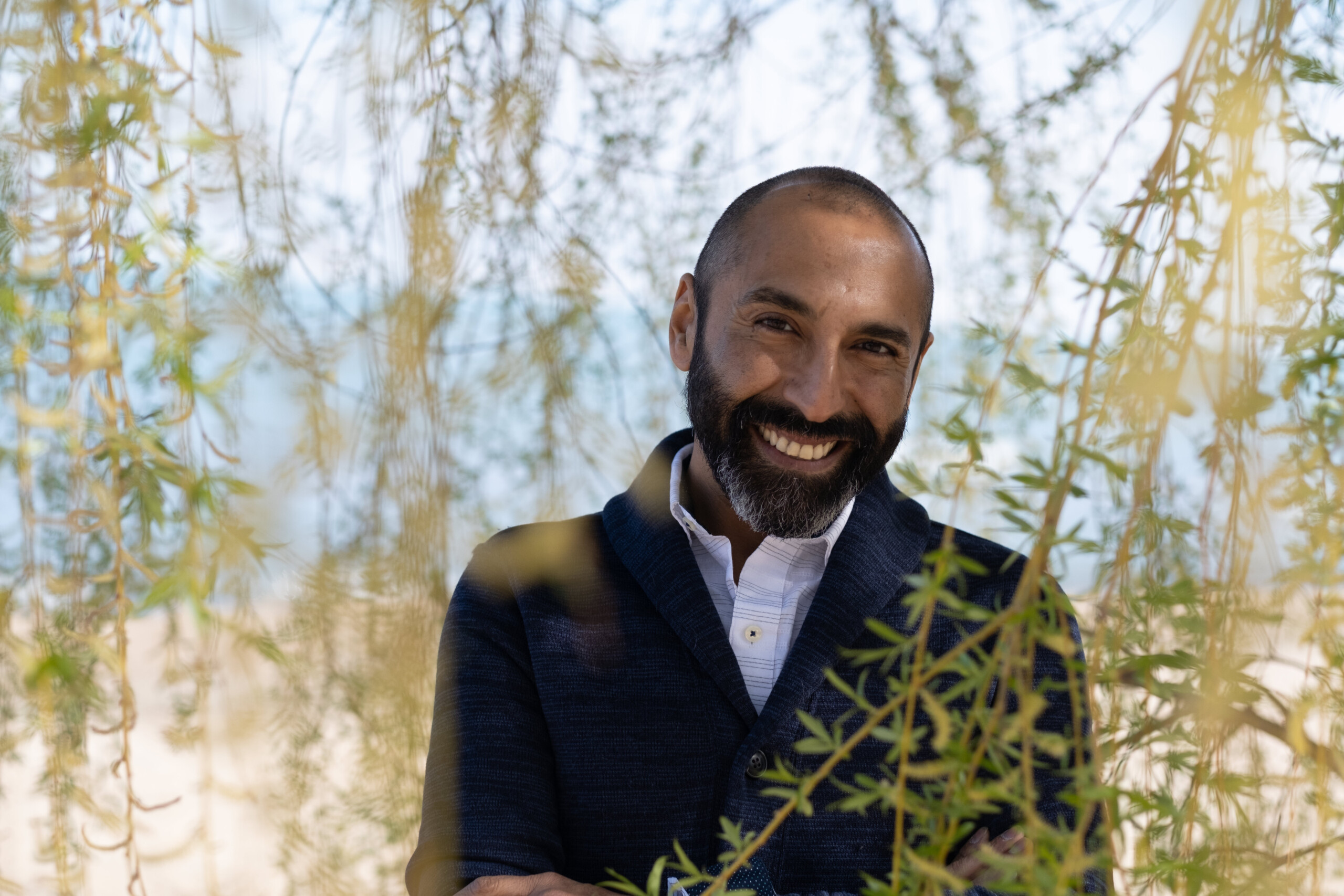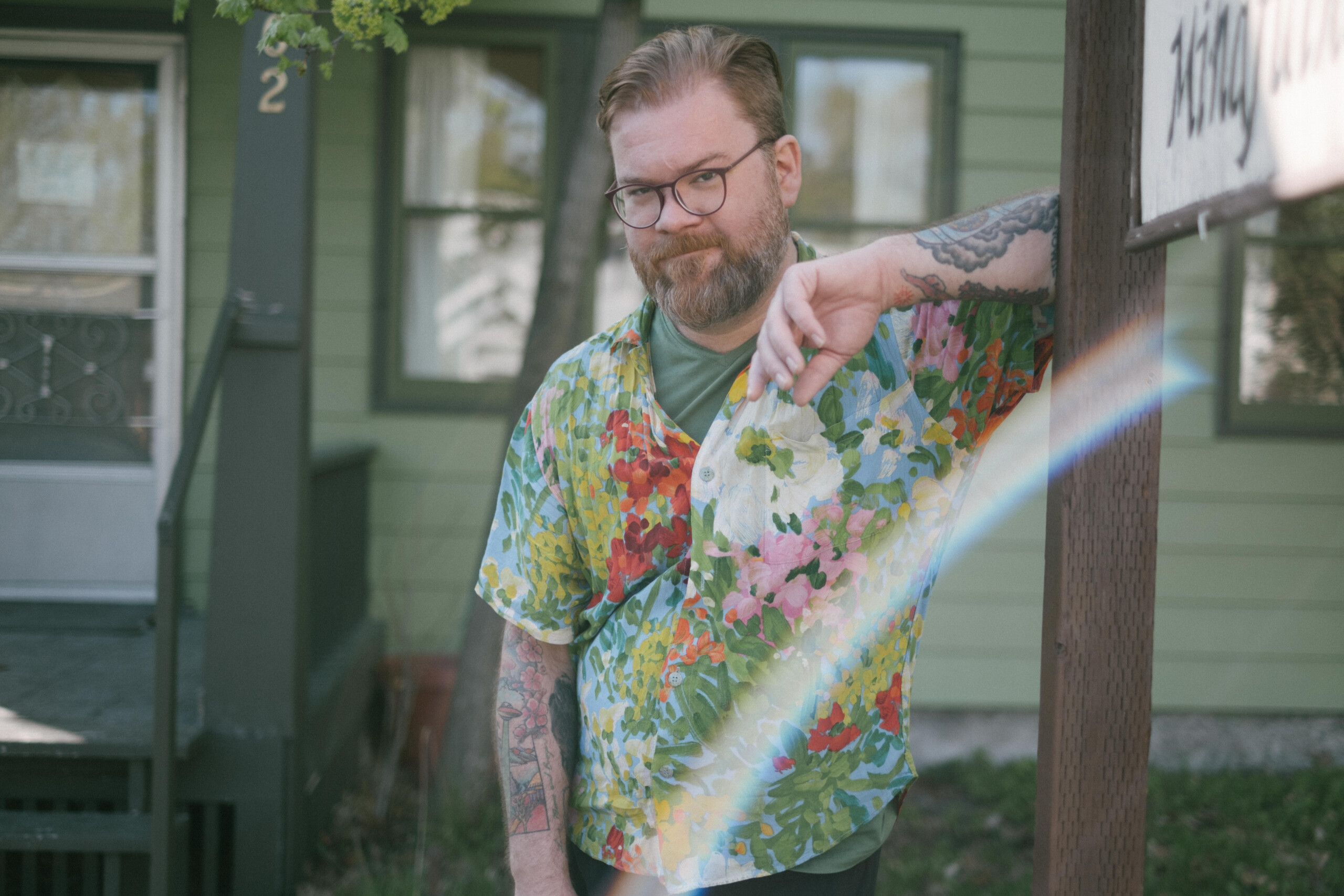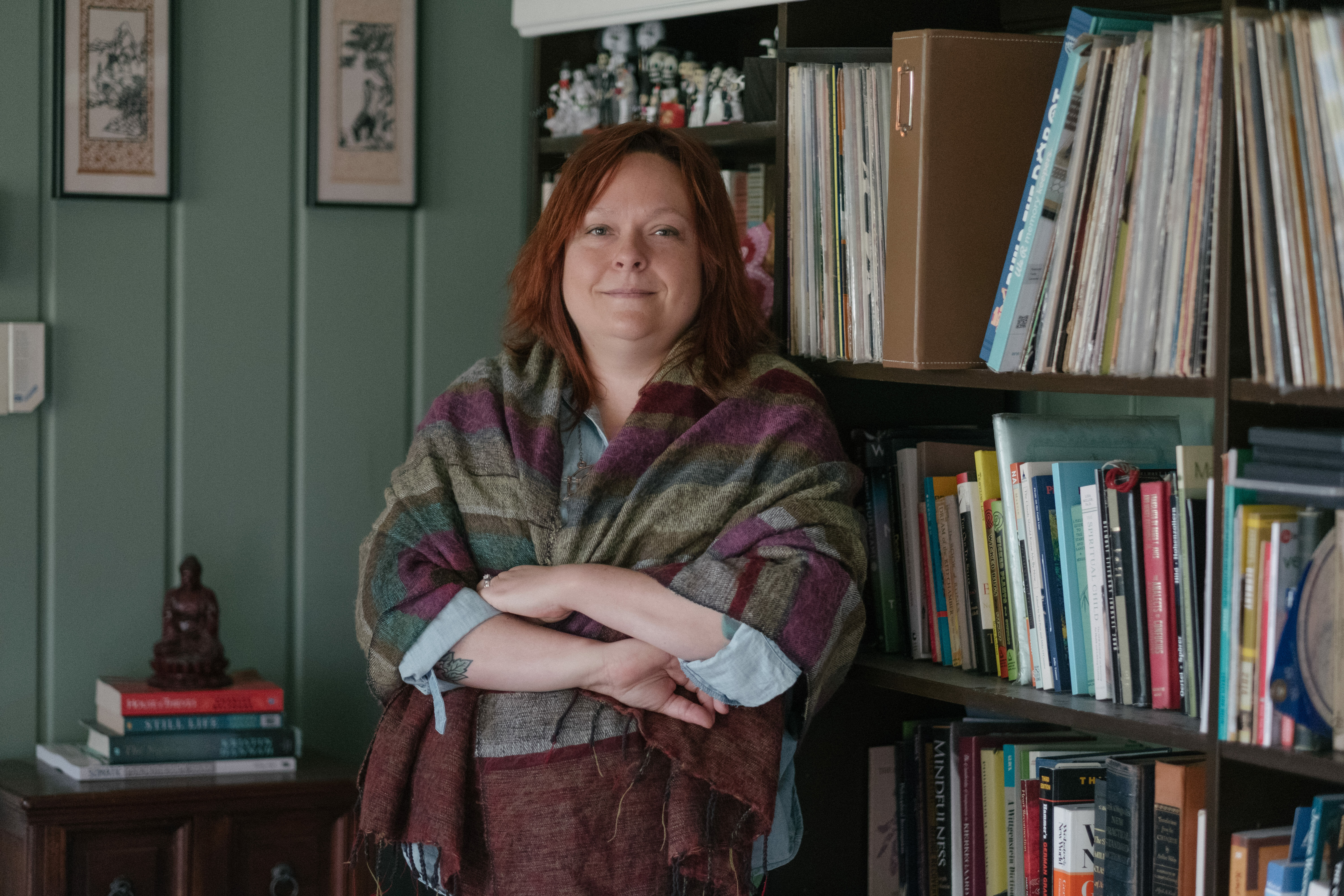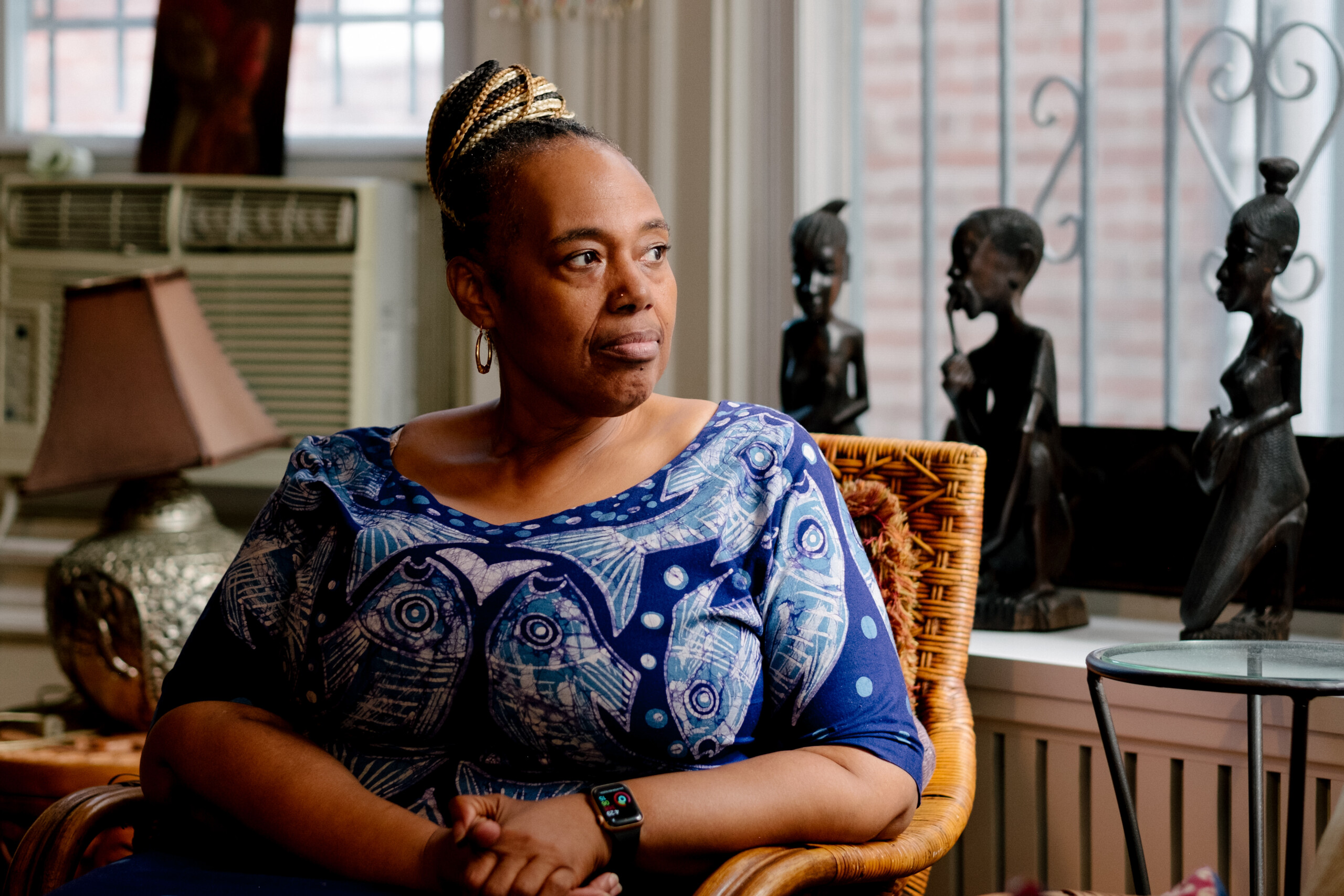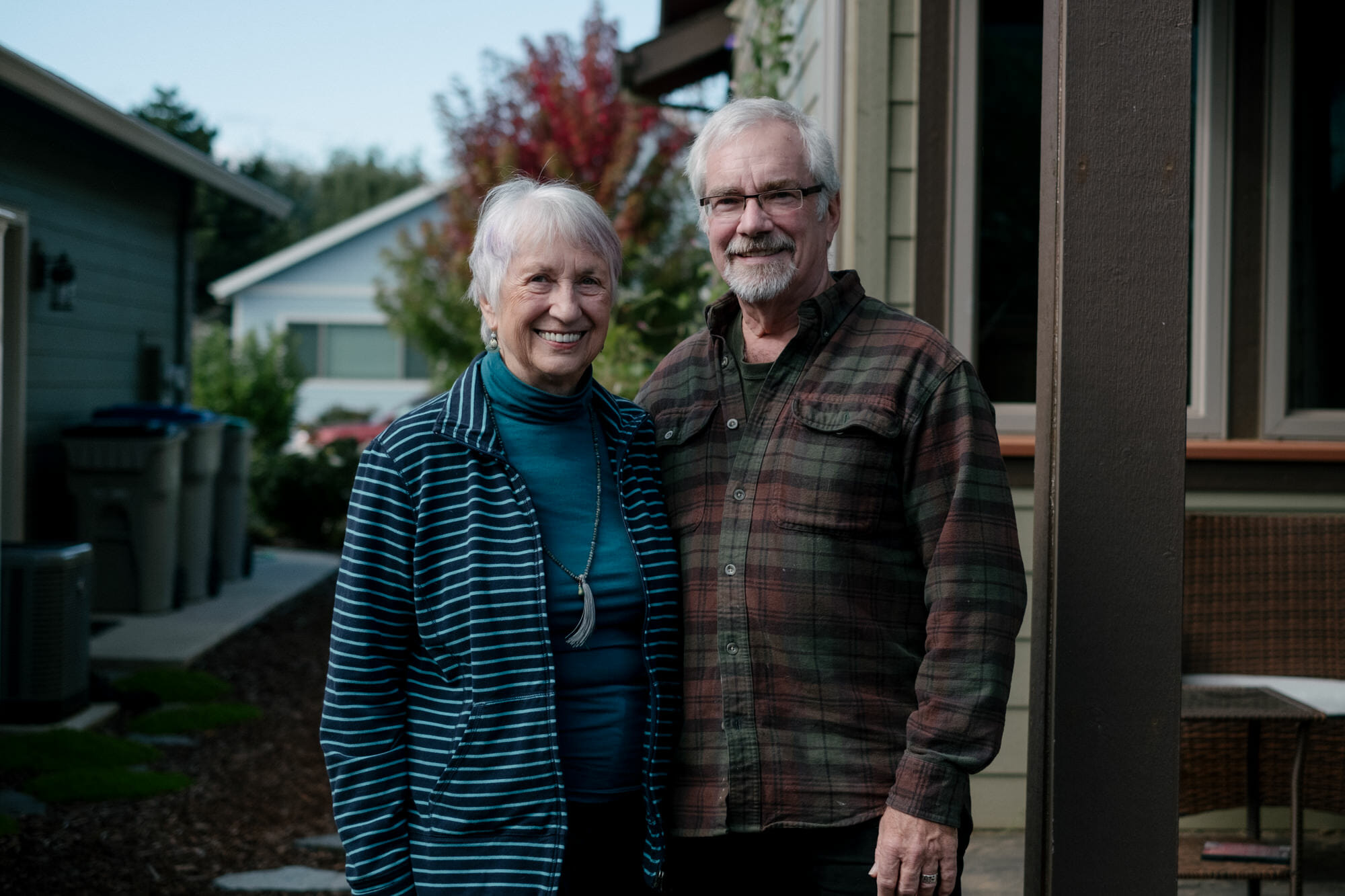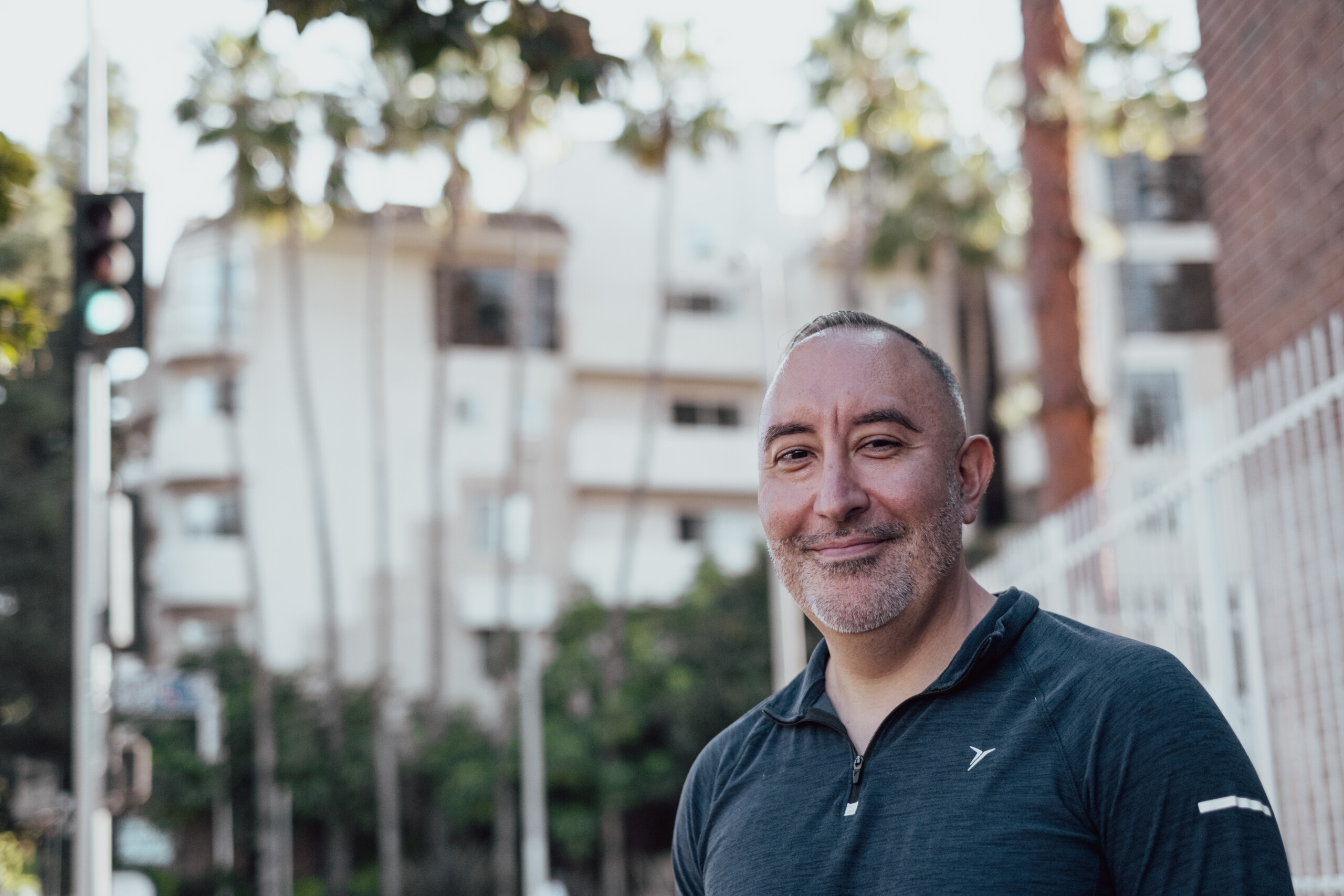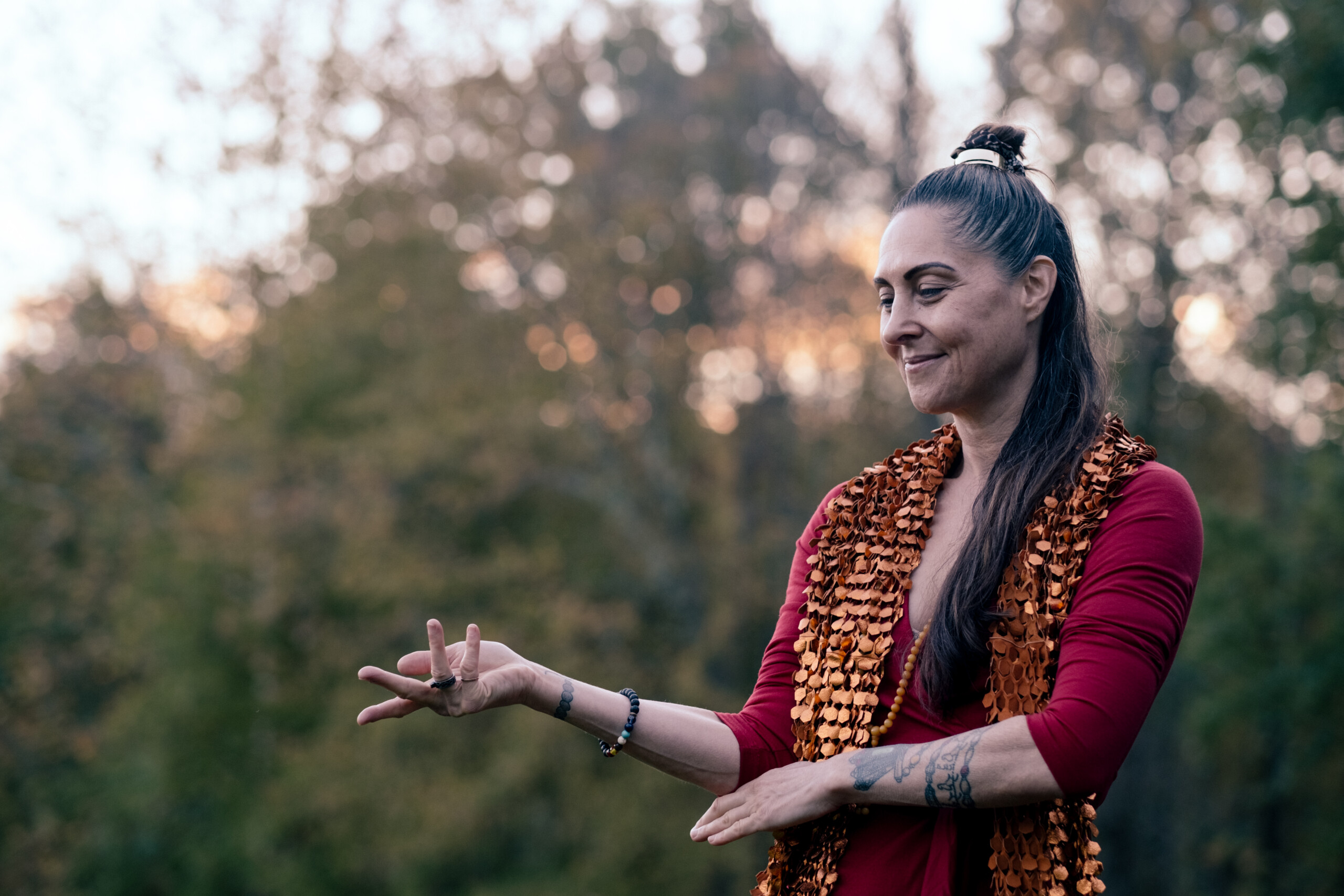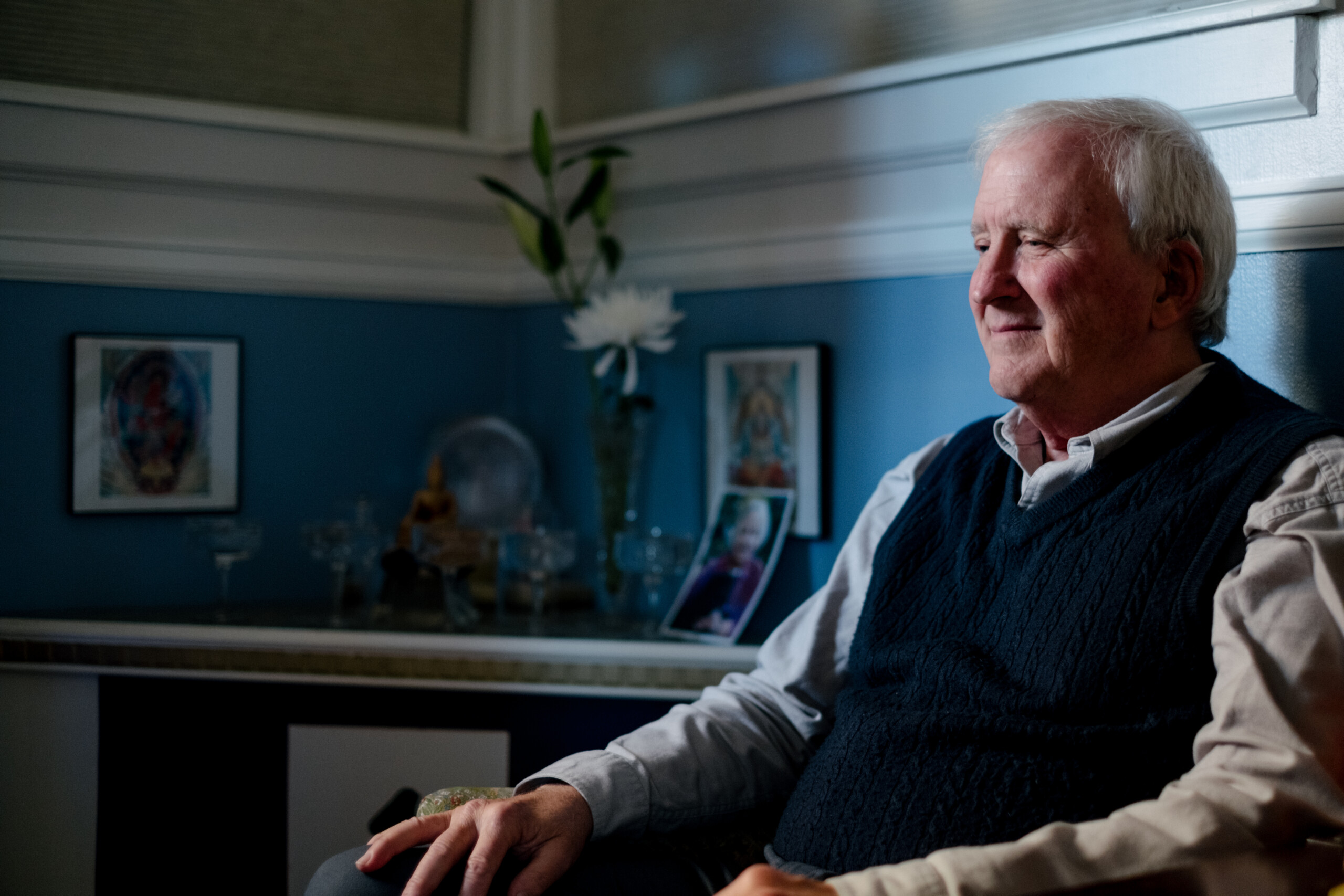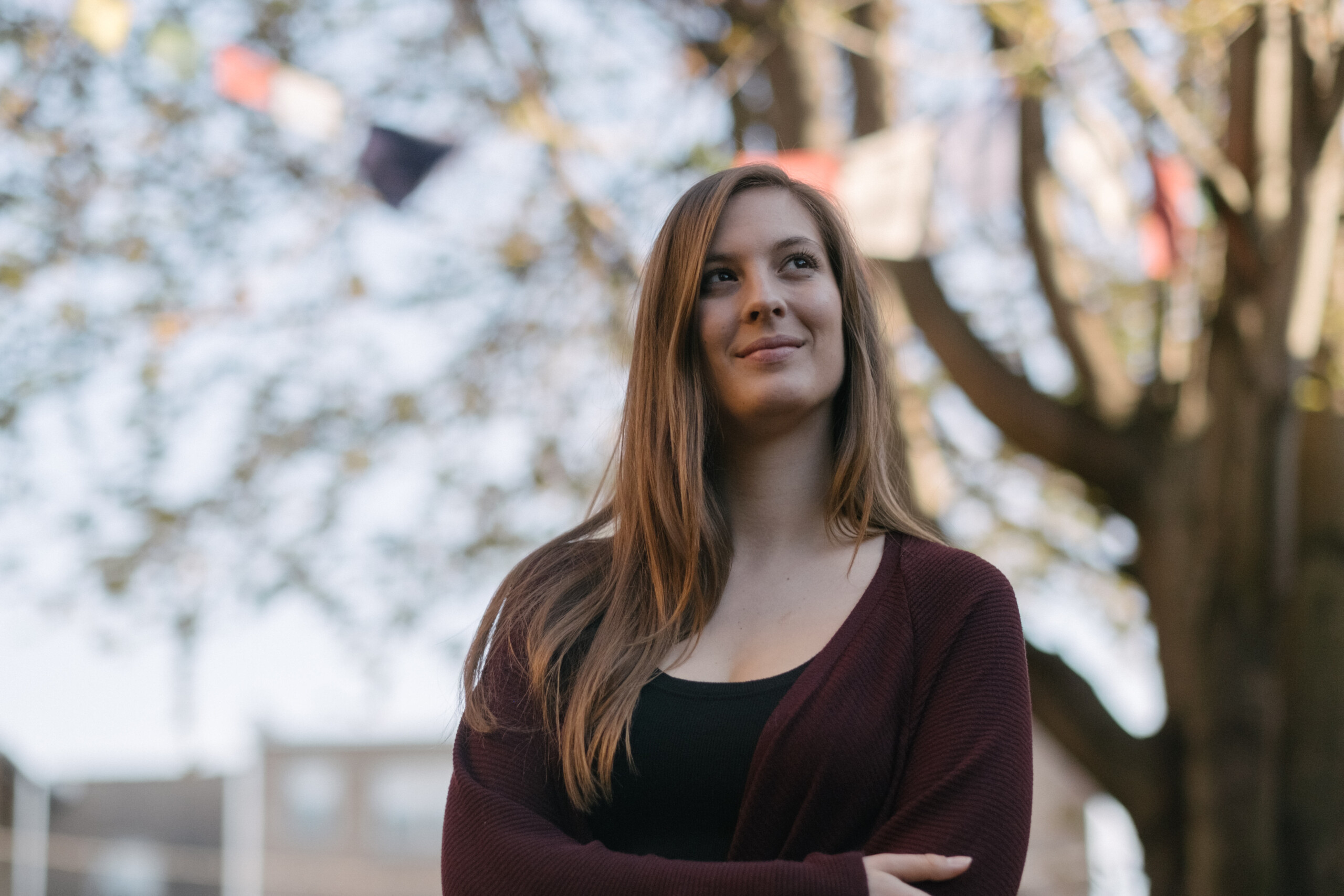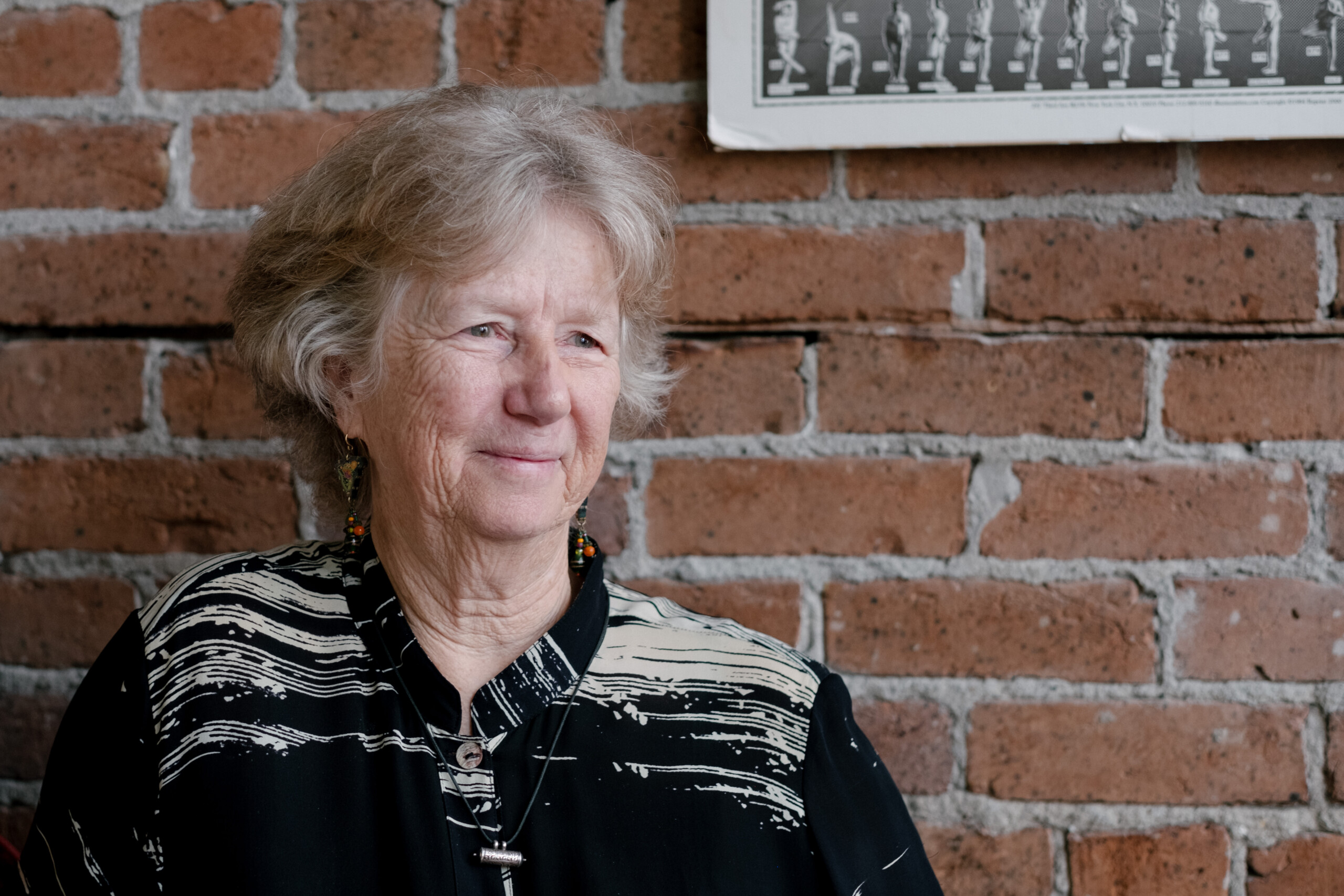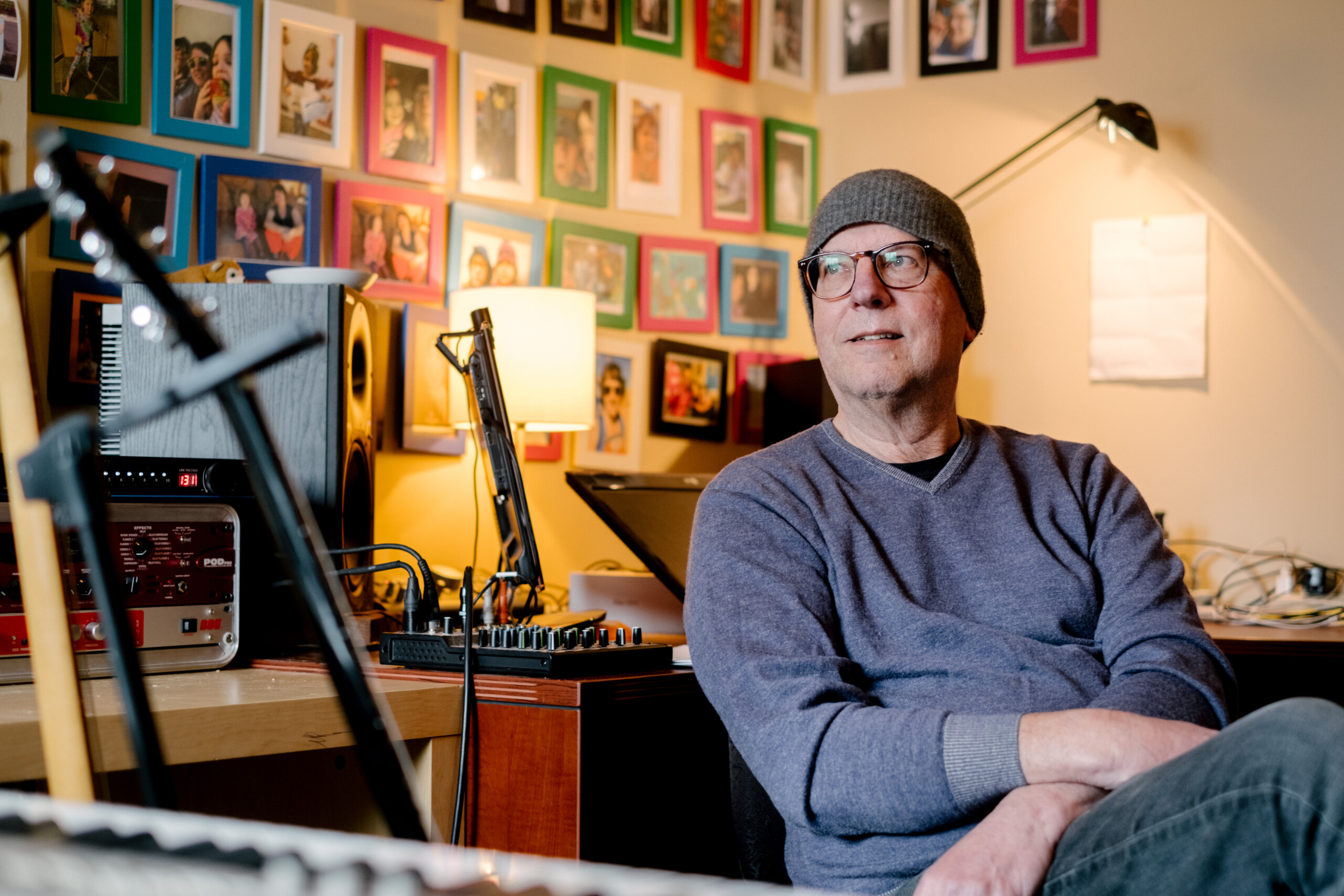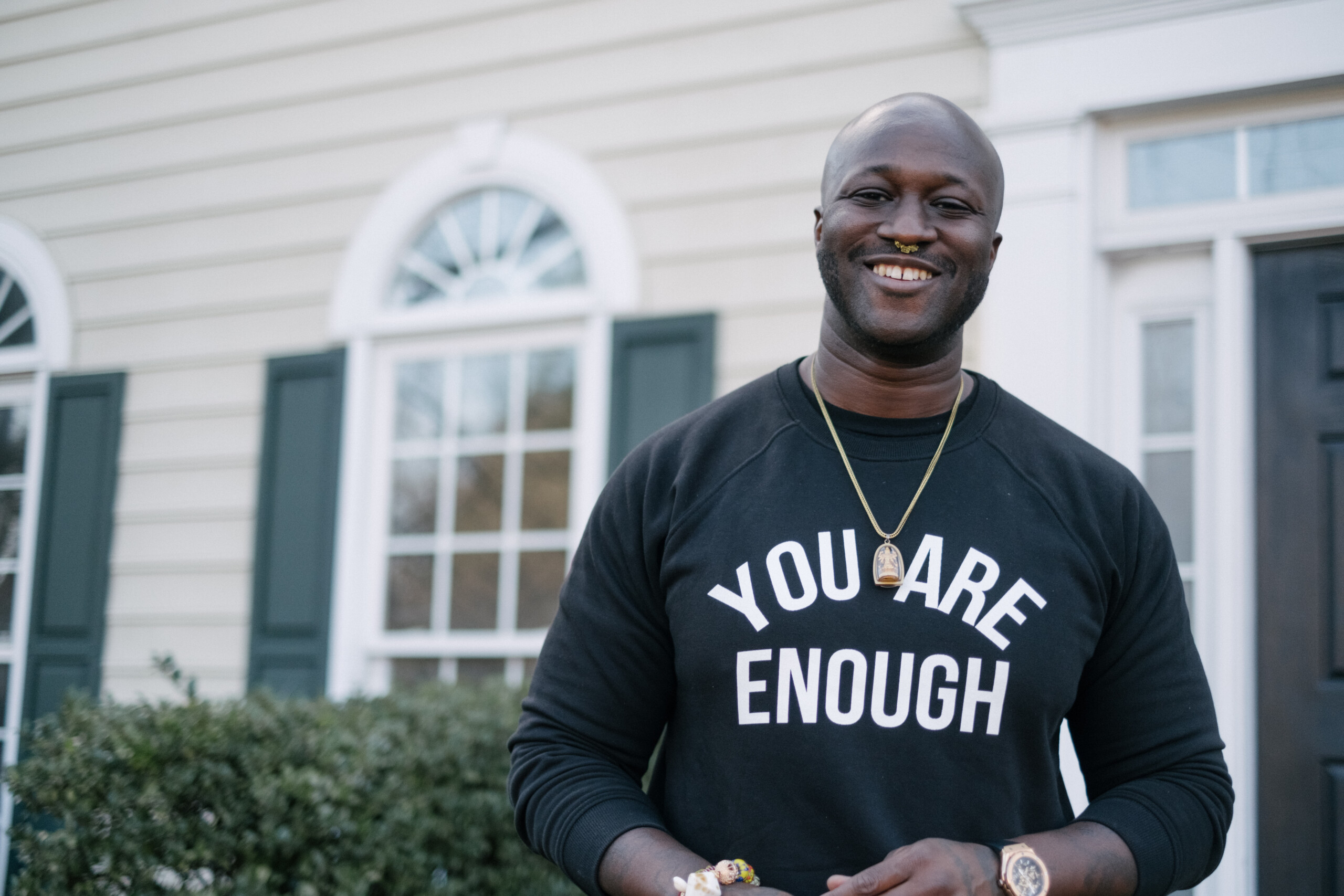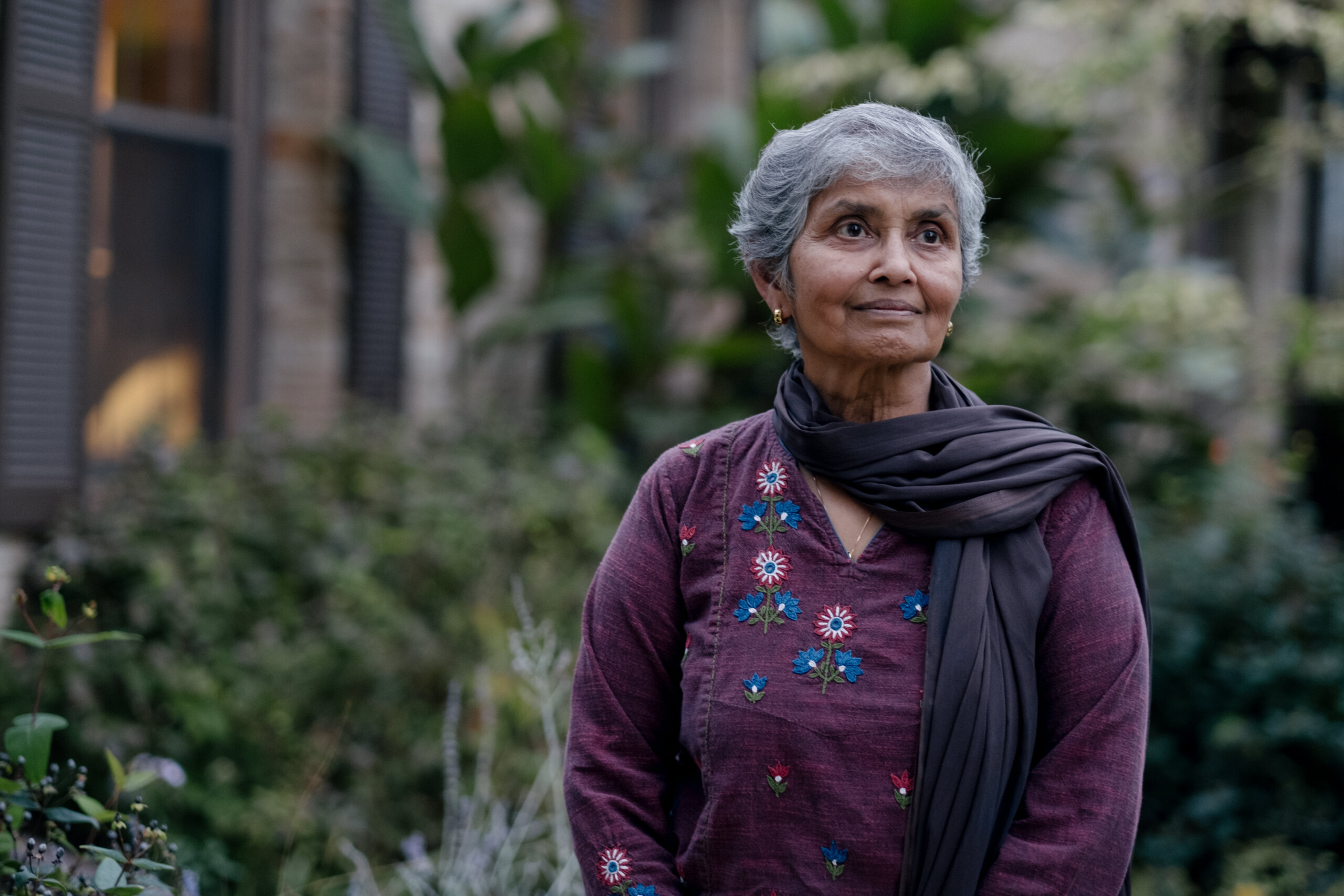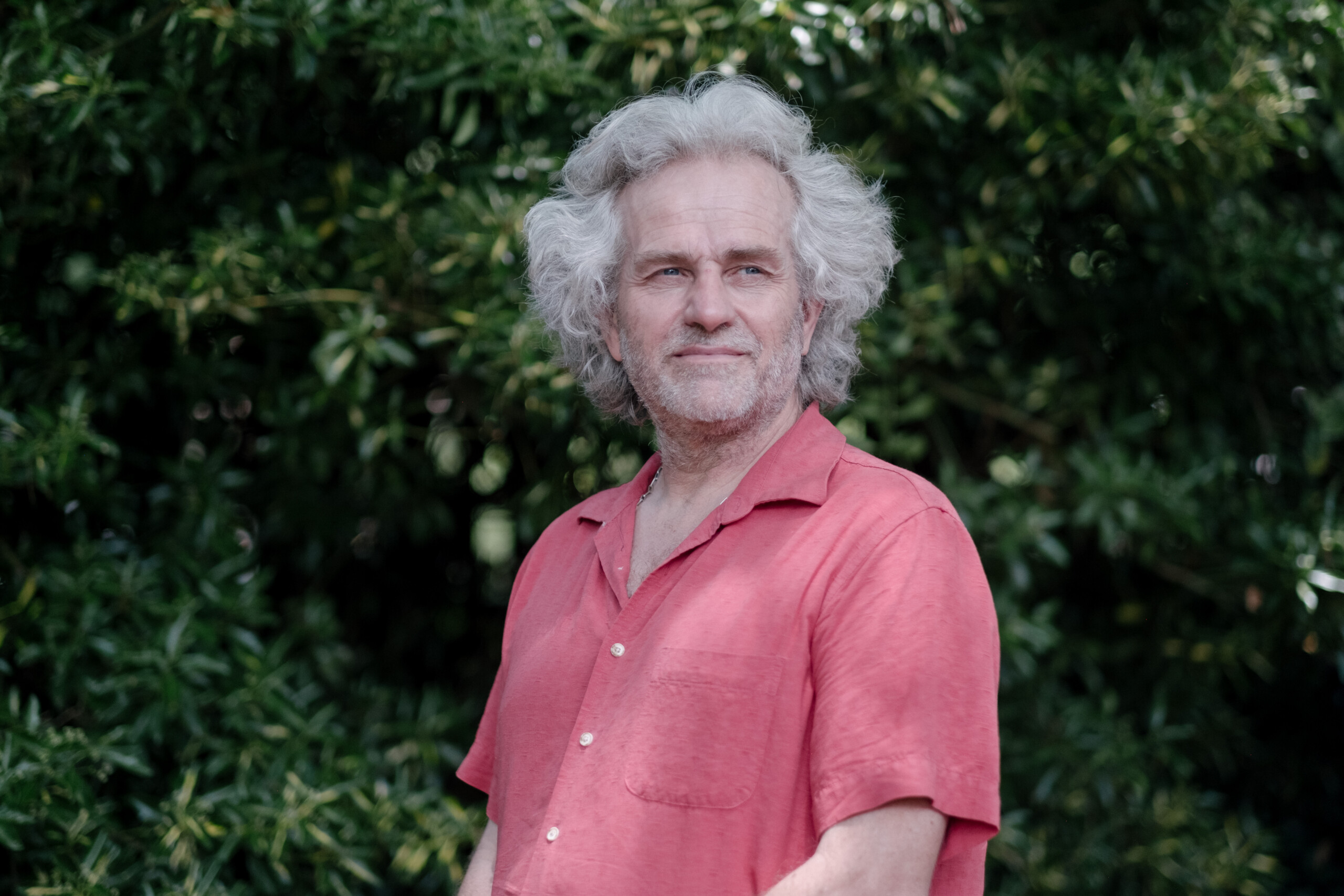Background
George Beecher, originally from Columbus, Georgia, embarked on a journey of spiritual exploration that led him from Catholicism to a rejection of organized religion. Growing up in a Catholic family, he rebelled against it in his youth, influenced by his older siblings who also distanced themselves from the church.
As a young adult, George spent several years on the road with a rock band, seeking meaning in various churches and exploring different religious practices. Disenchanted with organized religion, he developed his own spiritual practices, viewing life as a balance between positive and negative forces.
In his mid-20s, George settled in Atlanta, where he continued his search for a meaningful spiritual path. Despite feeling disconnected from traditional religions, he remained open to exploring different faiths during his travels with the band.
It wasn’t until a pivotal moment during a trip to Canada, marked by his struggles with weight and a sense of unhealthiness, that George’s life took a transformative turn. While in a bookstore, he stumbled upon the book “Savor” by Thich Nhat Hanh and Dr. Lillian Cheung, introducing him to mindfulness and the Dharma. This encounter marked the beginning of his deep dive into Buddhist teachings.
Recognizing the problem of his unhealthy lifestyle, George found solace in the Four Noble Truths and the Eightfold Path, seeing them as a framework for problem-solving. Buddhism provided him with a name for the spiritual practices he had unknowingly followed throughout his life.
Over the years, George has embraced Theravada Buddhism, delving deep into its teachings while appreciating the diversity of perspectives within the broader Buddhist community. He also incorporates elements from other traditions into his practice, highlighting the importance of going deep into one tradition while respecting the wisdom of others.
Precepts
Early in his journey with Against the Stream, George attended a retreat where the five precepts were offered. While he was already living by several of them, the retreat provided him with an opportunity to solidify his commitment. Already having adopted a healthy diet, he decided to go vegetarian during the retreat, seeing it as a chance to extend his dietary choices.
When taking the refuge vows, George had a clear understanding that it meant seeking refuge in the Buddha, the Dharma, and the Sangha, not in any external entities. The refuge was in the fact that others had walked this path before him, in the constant nature of the Dharma, and in the community of like-minded practitioners.
George acknowledged that while he wasn’t perfect in living by all the precepts, he aimed to follow them to the best of his ability. The fifth precept, related to alcohol, presented a particular challenge. Despite being an occasional drinker, he saw this as an opportunity to make a commitment. He took the precepts seriously, giving up both meat and alcohol during that retreat, and has abstained from alcohol ever since.
Contrary to assumptions, George’s choice to abstain from alcohol is not rooted in alcoholism but rather in his desire to maintain focus and diligence on his spiritual path. He views the fifth precept not as self-denial but as a means of supporting the other precepts and fostering a commitment to mindful practice.
Challenges
In reflecting on obstacles to his practice, George acknowledges that he didn’t perceive many stumbling blocks initially. His affinity for the structured nature of the Dharma, with its numbered lists and systematic approach, resonated with his analytical mind as a lifelong geek. Embracing the teachings, he committed wholeheartedly, eager to put the practices to the test daily.
George appreciates the Buddha’s invitation to personally verify the truth of the teachings rather than blindly accepting them. His professional background as a problem solver reinforced his inclination to thoroughly examine and apply the Dharma’s principles. He emphasizes the Dharma’s appeal, as it doesn’t demand blind belief but encourages practical application.
Despite his commitment, George recognizes that the Dharma is not a quick fix, a stumbling block for many who seek immediate results. He observes people initially drawn to the practice but often disillusioned by its gradual nature. Over the years, he’s noticed a pattern among committed practitioners: many initially explore other paths, only to return to the Dharma with a deeper understanding and a readiness for long-term commitment.
George acknowledges that his personal journey, marked by rapid and visible changes, differs from those dealing with internal struggles like anxiety or depression. The ability to physically witness positive transformations contributed to his unwavering commitment. He realizes this contrast and acknowledges the potential challenges others face with more internal and slower processes.
In contemplating these insights, George envisions future meditations and Dharma talks arising from this newfound understanding. Overall, he emphasizes the importance of personal experience and the ongoing application of the Dharma’s principles in his daily life.
Deepening
In discussing the depth of his own practice, George expresses his relentless commitment to both deepen and broaden his understanding of the Dharma. He emphasizes the significance of embodying the teachings rather than merely memorizing and regurgitating them, acknowledging the challenge of defining what it means to be a true teacher.
George admits that he doesn’t consider himself the living embodiment of the Dharma but strives to continually improve. While enlightenment was initially not a priority for him, his perspective has shifted over the years. He now contemplates the idea of enlightenment and distinguishes between “big” and “little” enlightenment, seeing stages along the path.
He shares the evolution of his approach to teaching, transitioning from feeling the need to convey Dharma verbally to realizing the importance of demonstrating it through his own practice. George underscores the idea that teaching is not solely about lecturing but also about living the principles of the Dharma. He uses his life as a model, hoping that others can observe and learn from his actions, even if they never attend one of his talks.
George illustrates this point with his daughter, expressing a desire for her to recognize the Dharma in his actions, shaping her understanding of the teachings through his behavior. He concludes by suggesting that everyone, knowingly or unknowingly, can be a Dharma teacher, highlighting the potential for valuable lessons in everyday interactions.
Practice
In the early stages of his meditation practice, George recounts his initial discomfort with the idea of meditation. He describes waking up at 4 a.m., seeking the quietude of his house, and sitting in his La-Z-Boy chair for short meditation sessions. Over time, he gradually extended the duration of his practice, starting with 5 minutes and progressing to 20 minutes.
George shares a valuable lesson he learned early on – the importance of embracing distractions during meditation rather than trying to eliminate them. He applied this insight when faced with the noise of a spinning hard drive or the hum of the air conditioner. Shifting his attention to these sounds, he turned them into meditation objects, a practice he continues to this day.
Reflecting on the evolution of his practice, George talks about transitioning from the La-Z-Boy chair to sitting upright with a meditation cushion. He emphasizes that such adjustments are not critical but can be helpful. George discusses how he overcame internal hurdles, incorporating gratitude practice into his routine. Initially skeptical, he found that practicing gratitude reframed his outlook, encouraging him to focus on positive aspects rather than habitually dwelling on negatives.
George recognizes gratitude as the most beneficial practice for him, requiring minimal effort yet providing significant rewards. He highlights its impact on reframing his daily experiences and cultivating a positive mindset. While his primary practice remains sitting in open awareness, he mentions incorporating other practices, such as loving-kindness or appreciative joy, as needed based on his emotional state. George concludes by noting that the simple act of daily gratitude practice has had a profound and lasting effect on his life.
Transformation
Despite external perceptions of his niceness, George candidly acknowledges that, prior to his engagement with the Dharma, he struggled with anger and recognized challenging aspects of his personality. Although not excessively self-critical, he was aware of areas in need of improvement. Notably, road rage in Atlanta’s notorious traffic was a significant source of his frustration.
Upon integrating mindfulness into his life, George observed positive changes, particularly in his response to traffic. Once prone to road rage, he found himself able to navigate the congested Atlanta roads with a newfound calmness. The transformative impact became evident when his wife, witnessing his composed demeanor during heavy traffic, urged him to continue his Buddhist practice, noting its effectiveness.
Another noteworthy shift occurred during a drive to a Recovery Dharma meeting. Encountering a traffic jam due to an accident, George realized that, instead of harboring negative thoughts about those involved, he spontaneously began reciting loving-kindness phrases. This shift from criticism to compassionate intentions marked a profound change in his reactions to challenging situations.
In sharing these personal anecdotes, George illustrates how the Dharma, particularly mindfulness and loving-kindness practices, has played a pivotal role in transforming his responses to life’s stressors, contributing to a more positive and compassionate outlook.
Mindful Eating
George reflects on the transformative impact of mindful eating introduced to him through a book that connected the four noble truths and the eightfold path with the practice of eating. Initially unfamiliar with the concept, George embraced the exercise outlined in the book, specifically one involving mindfully eating an apple. This practice encouraged him to engage deeply with the sensory aspects of eating, focusing on colors, textures, and flavors that often go unnoticed in our fast-paced culture of consuming food.
The mindful eating exercise prompted George to slow down, a crucial aspect that, in his view, unlocked numerous positive changes. Drawing parallels to simple lessons from childhood, such as chewing food slowly, he emphasizes how the teachings of Buddhism made him appreciate and embody these seemingly basic practices. Slowing down enabled George to pay attention to his body’s signals of fullness, leading to a significant reduction in the amount of food he consumed. This shift in eating habits resulted in a remarkable weight loss of 110 pounds in 11 months, an accomplishment that he maintained for years.
Beyond weight loss, George highlights that the principles of mindful eating extended to other aspects of his life. Whether driving to work or engaging in routine activities like washing dishes or brushing teeth, applying mindfulness brought about a heightened awareness of the present moment. This comprehensive integration of mindfulness practices, including meditation, contributed to a transformative and enriching experience for George, especially during the initial year of exploration.
Role of Teacher
George reflects on the role of teachers in the context of Buddhist practice, particularly within the Theravada tradition and his experiences with various sanghas. Drawing from the formal structure of teacher-student relationships, he emphasizes the importance of viewing a teacher as a guide rather than a master or guru. George appreciates the encouragement within Technion to have a good teacher while retaining the understanding that the Dharma itself serves as the ultimate guide.
Contrary to some communities where a teacher’s scandal can disrupt the entire sangha, George’s early realization that the Dharma is the constant, unaffected by individual teachers’ impermanence, served him well. He shares his observations of turmoil in other communities and contrasts it with his unshaken practice, even during challenging times within Against the Stream.
George underscores the message that the Dharma is one’s ultimate teacher, while acknowledging the beneficial role of teachers at different times and for different reasons. He interprets the saying “when the student is ready, the teacher appears” not as a prescription to seek a teacher when desired but as an understanding that the teachings reveal themselves when one comprehends the essence of a teacher.
Reflecting on personal experiences, George notes the influence of various teachers, including Matthew Brant Silver, Vinny Ferraro, and Joanna Hardy. Despite appreciating their teachings, he maintains a grounded perspective that his practice is fundamentally based on the Dharma.
George recounts a conversation with Vinny Ferraro, who encouraged him to consider a formal teacher, recognizing the wisdom in seeking guidance even when one believes they don’t need it. Eventually, George found solace in venerable pun of Deepa and part of Wattie and Pine, considering them teachers while anchoring his practice in the Dharma.
He concludes with a reminder of the impermanence of all compounded things, including teachers, echoing the Buddha’s dying words to let the Dharma be one’s teacher. Emphasizing the importance of personal commitment to the path, George discourages relying on a teacher to make the practice easy and highlights the need for self-driven effort in one’s spiritual journey.
Sangha
George, recognizing the importance of community in his spiritual journey, faced the challenge of finding a sangha. Unable to locate one, he initiated his own group, learning valuable lessons from Honey Locust Sangha’s advice to let it evolve naturally. Frequent work-related travel allowed George to explore various Technion sanghas, broadening his understanding of diverse practices.
Acknowledging Buddhists’ reluctance to actively advertise, George founded his sangha, emphasizing the wisdom gained from Omaha’s Honey Locust Sangha to let go of preconceptions. He highlights the positive reception and inclusivity he experienced, shaping his favorable view of Buddhism. Online communities, like the Twitter meditation crew, provided support and connections, leading to a friend accompanying him to his first Against the Stream retreat.
During a silent retreat, George and a fellow practitioner mutually influenced each other’s mindful eating practices, demonstrating the communal impact on personal habits. He emphasizes the benefits of shared experiences within a sangha, where individuals not only see themselves in others but also adopt positive behaviors modeled by fellow practitioners. In conclusion, sangha remains an integral aspect of George’s spiritual path, fostering mutual learning and growth.
Teacher Journey
George embarked on a deep spiritual journey, quickly falling in love with the Dharma. As a natural sharer, he aspired to teach but faced the fear of conveying the Dharma incorrectly. Over time, his reasons for wanting to teach evolved, intertwining the desire to avoid causing harm and learning through teaching. Various encounters, including advice from seasoned teachers and unconventional insights, shaped his perspective.
Initially drawn to certification, he discovered through training programs that the true essence lies in personal growth, not in external validation. The journey challenged him to let go of preconceptions and realize that being a teacher was not about titles or certificates but about embodying the teachings in daily life. Through this process, George found fulfillment in his role as a teacher, forming connections with fellow practitioners and contributing to the emerging Southern Dharma community.
Virtual Reality Sanghas
George discovered an online sangha, the “Online Meditation Crew” (OM Crew), on Twitter, forming deep connections despite the physical distance. When the pandemic shifted interactions online, George found that some virtual meetings lacked the togetherness of his earlier Twitter sangha.
Intrigued by virtual reality (VR), George wondered if it could enhance meditation and community experiences. After acquiring a VR headset and exploring the AltSpace app, he attended a gathering called “Saying Goodbye” led by Tom Niccol. The virtual environment created a profound sense of connection, surpassing some aspects of in-person interactions.
Despite VR’s limitations, such as the inability to physically feel touch, George recognized its value for those with social challenges or disabilities. Engaging in Tom Niccol’s Volver community, George witnessed meaningful connections and support transcending the virtual space.
Reflecting on VR’s role, George emphasized its ability to supplement in-person interactions, offering a unique experience for those with limitations. He highlighted the importance of engaging in both virtual and real-world communities, appreciating the distinct benefits each provides. For George, the VR meditation sangha was an evolution of the earlier online meditation crew, connecting individuals worldwide in a shared pursuit of mindfulness and community.


